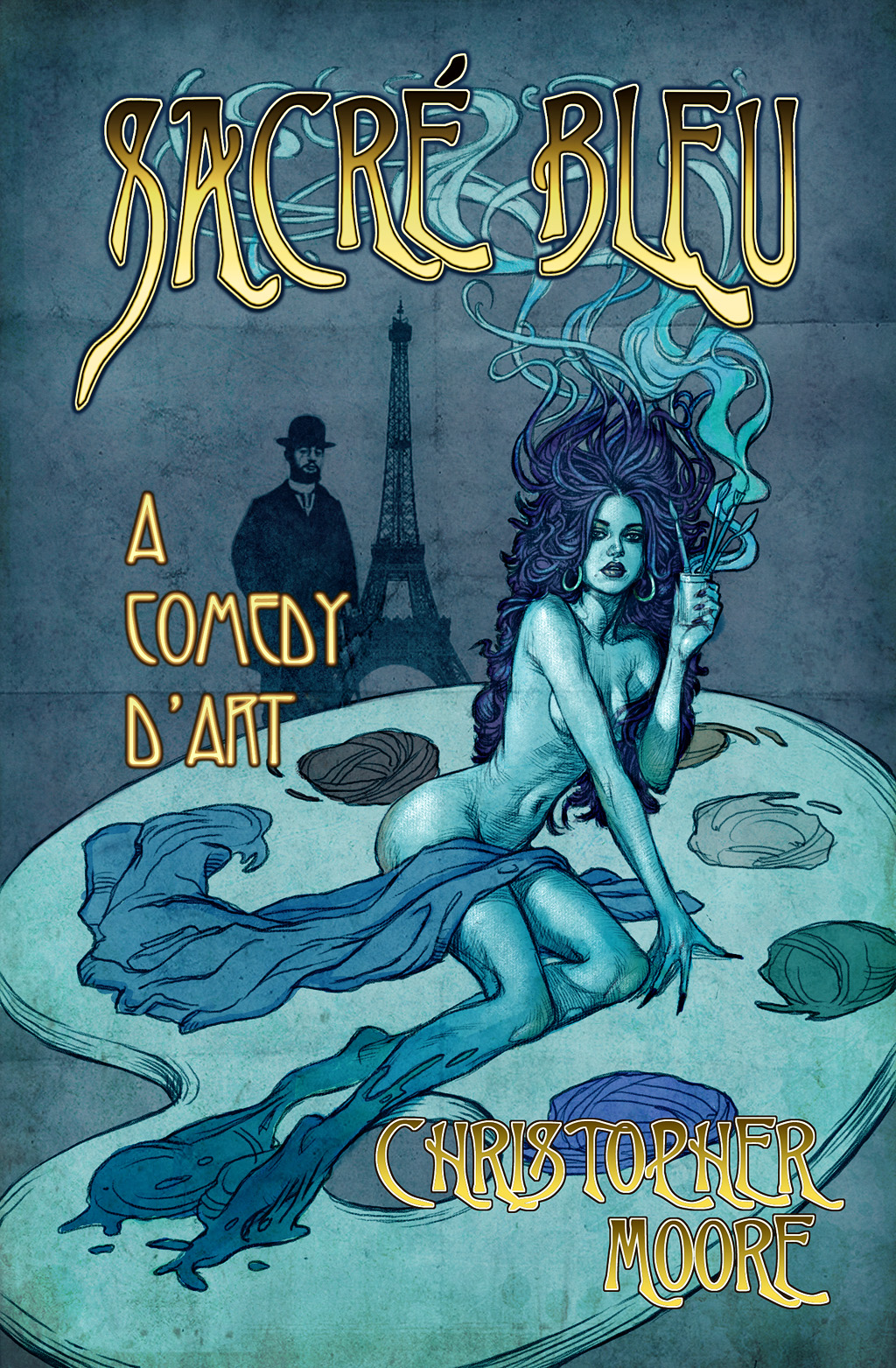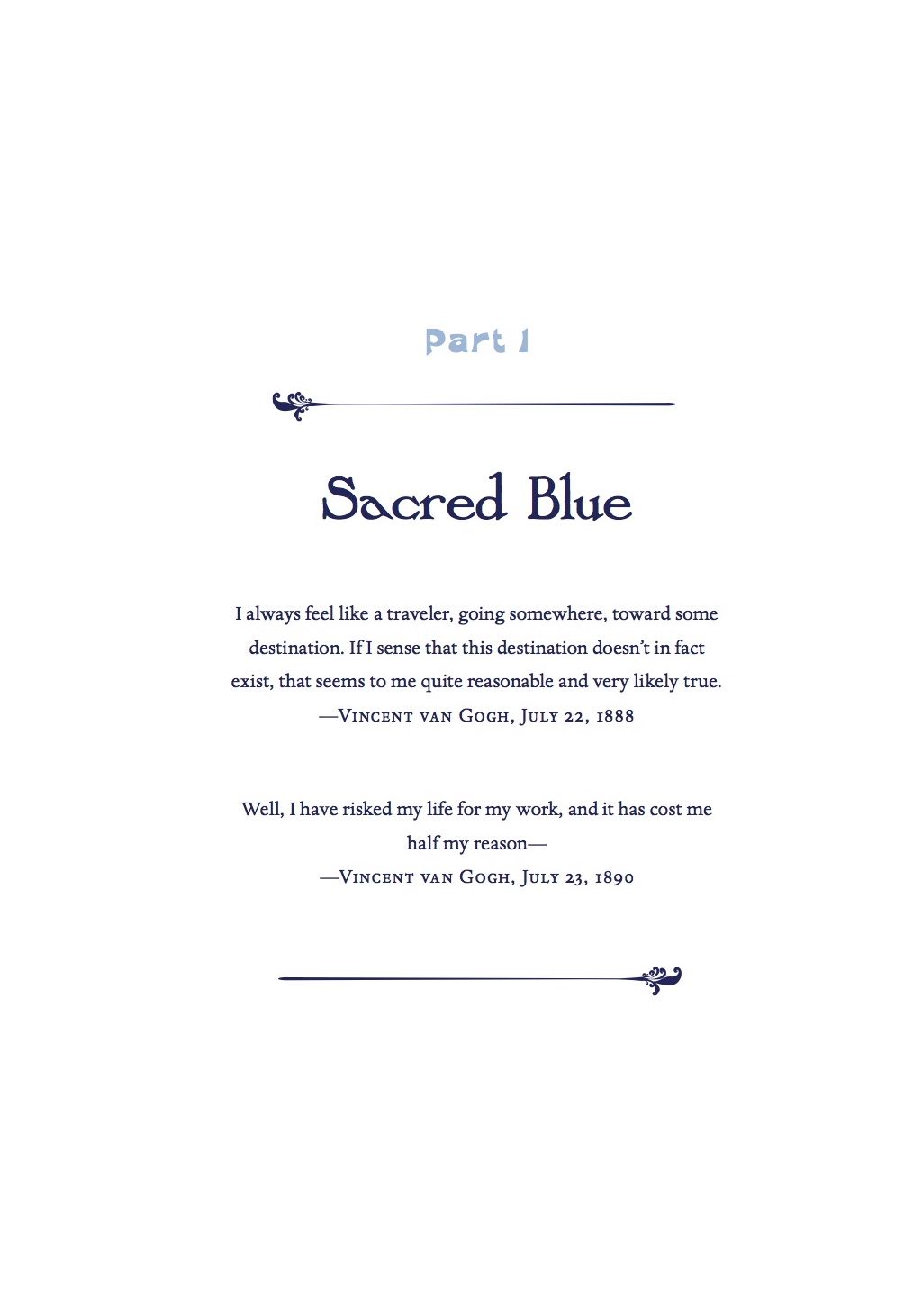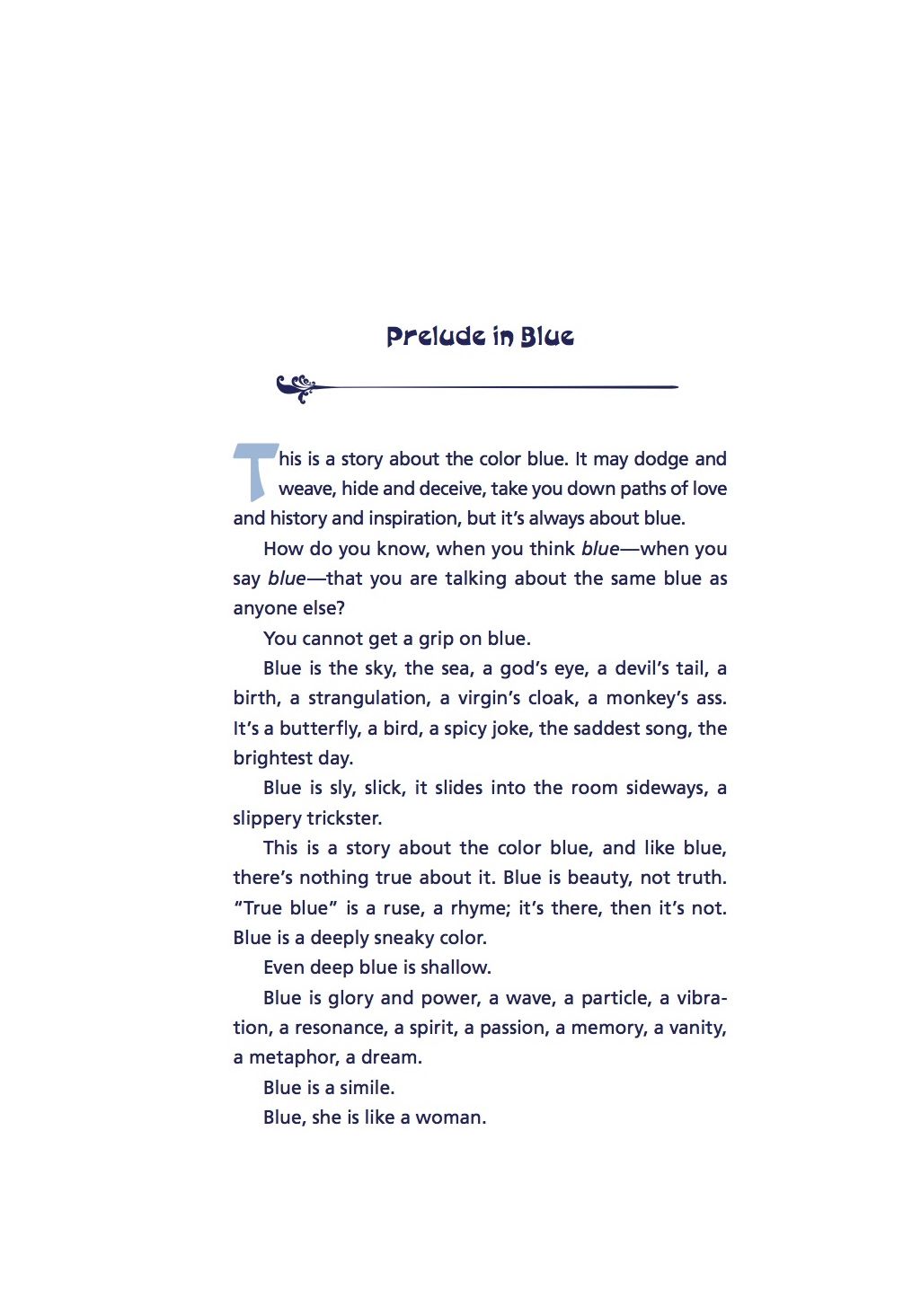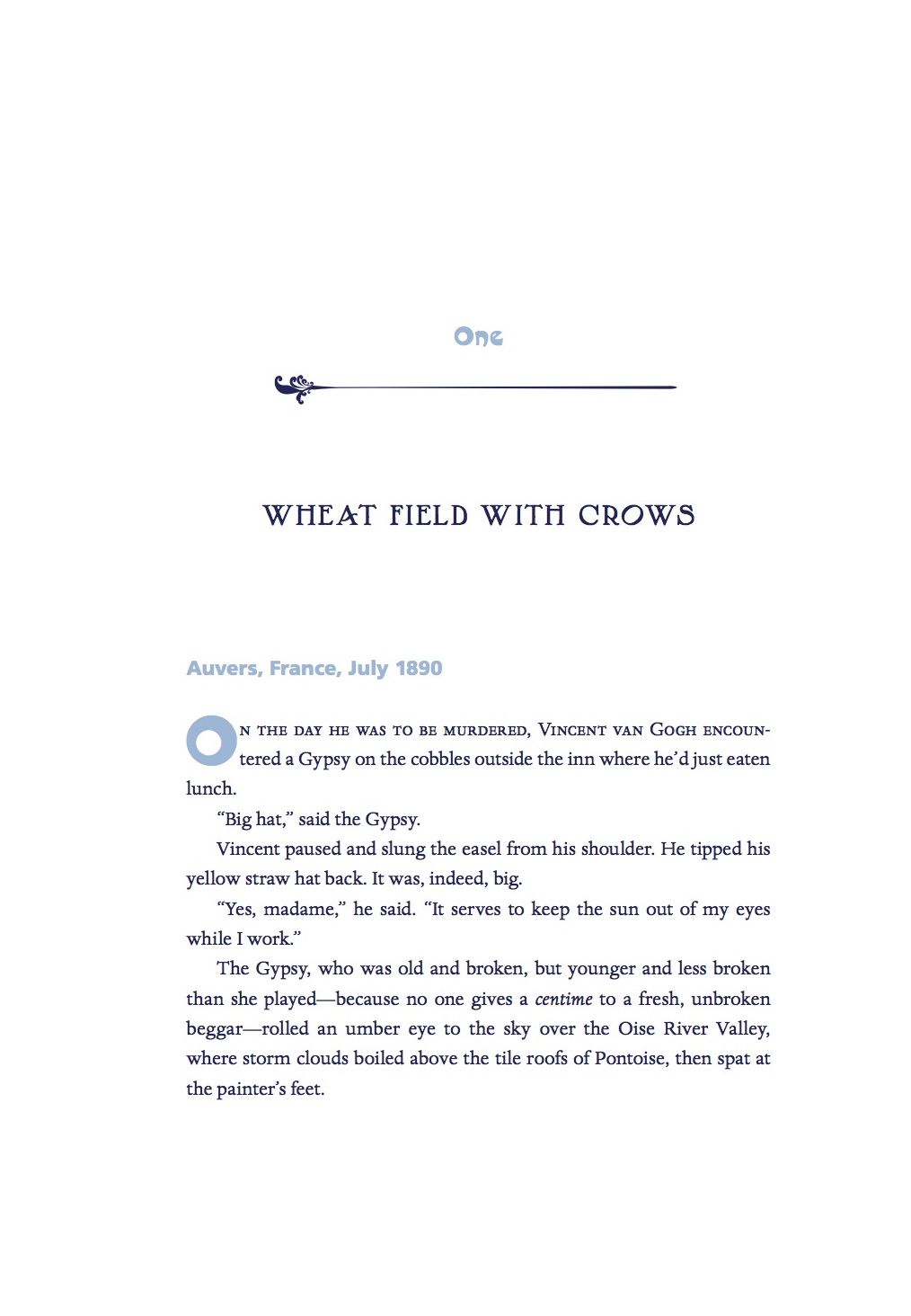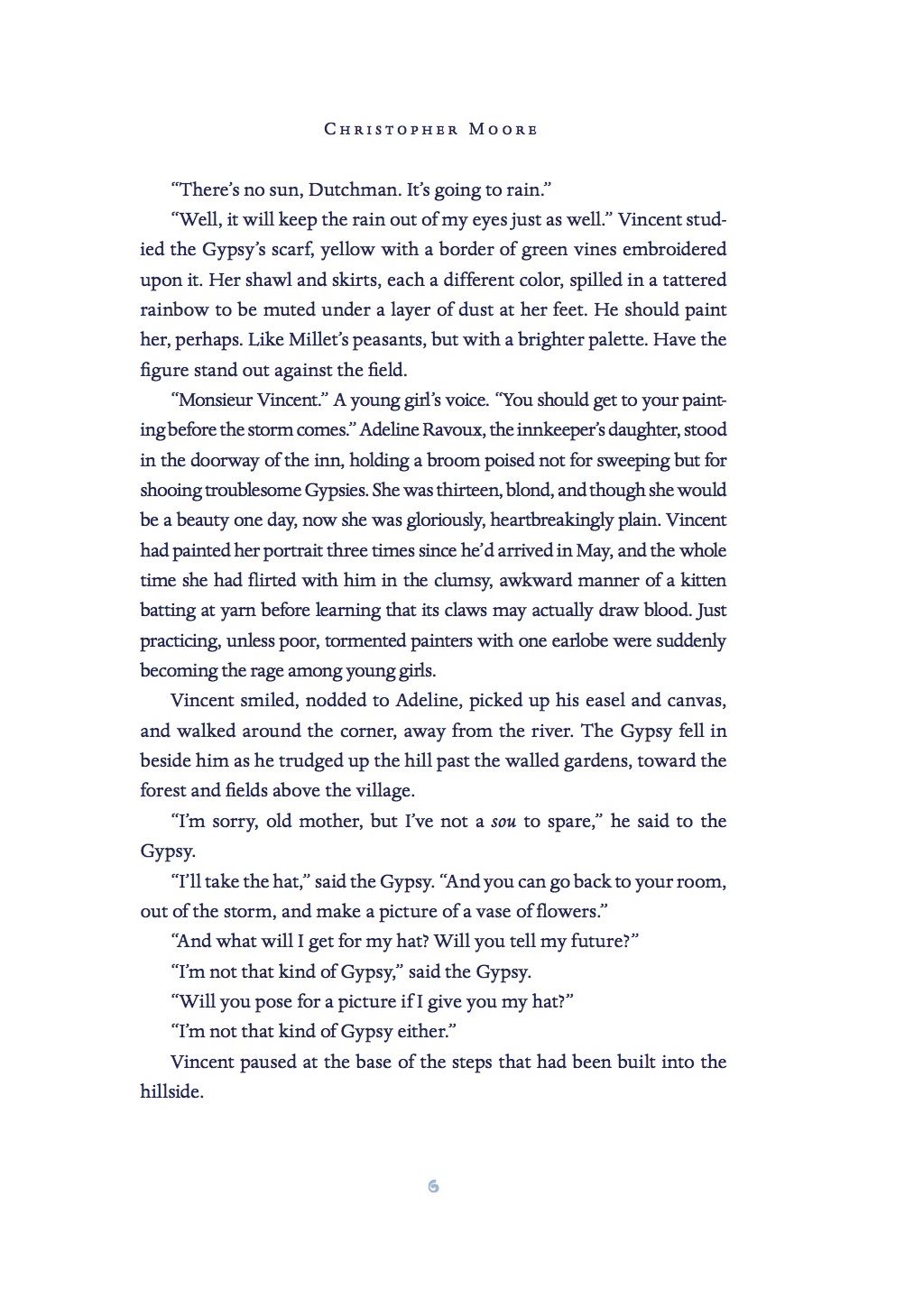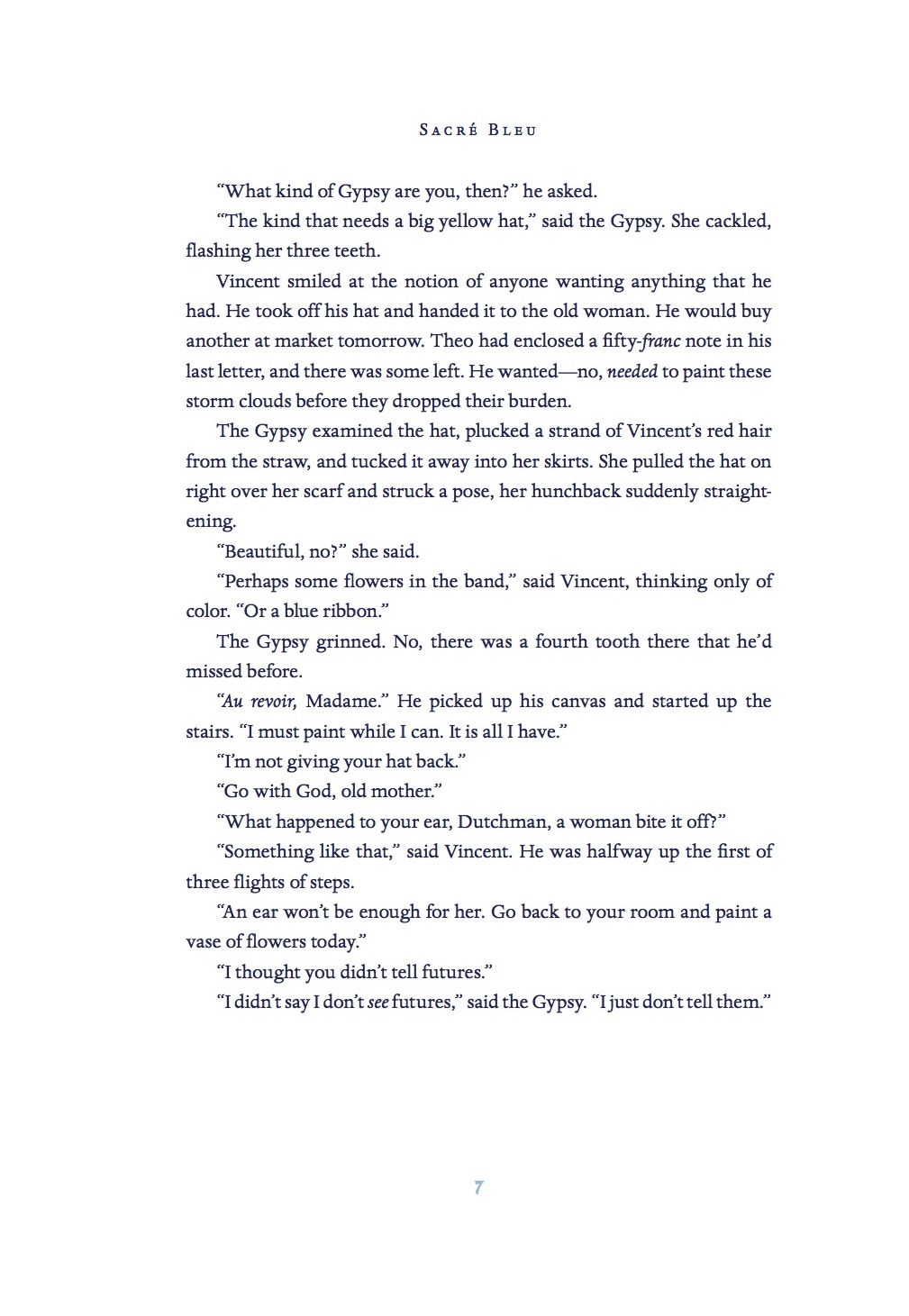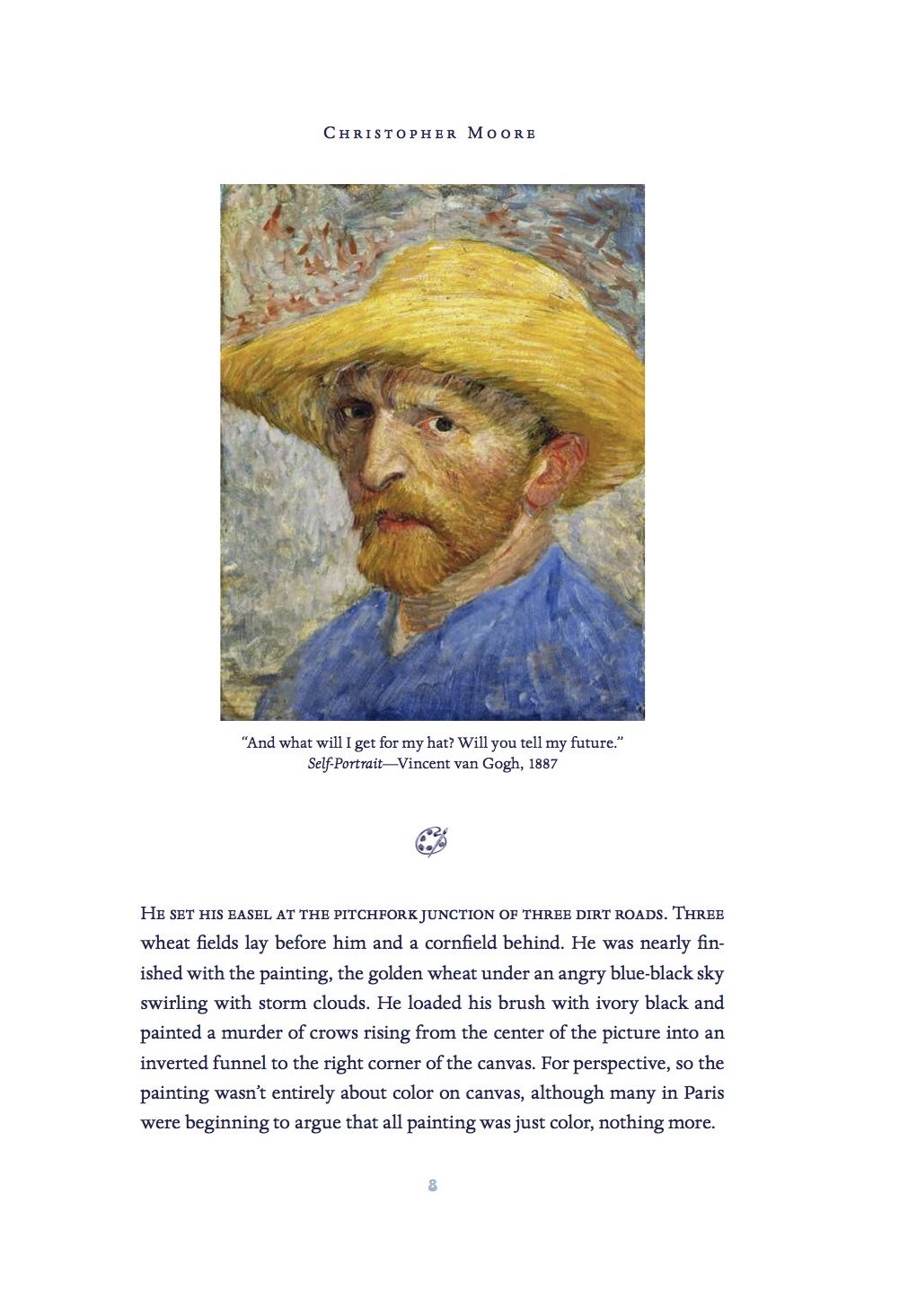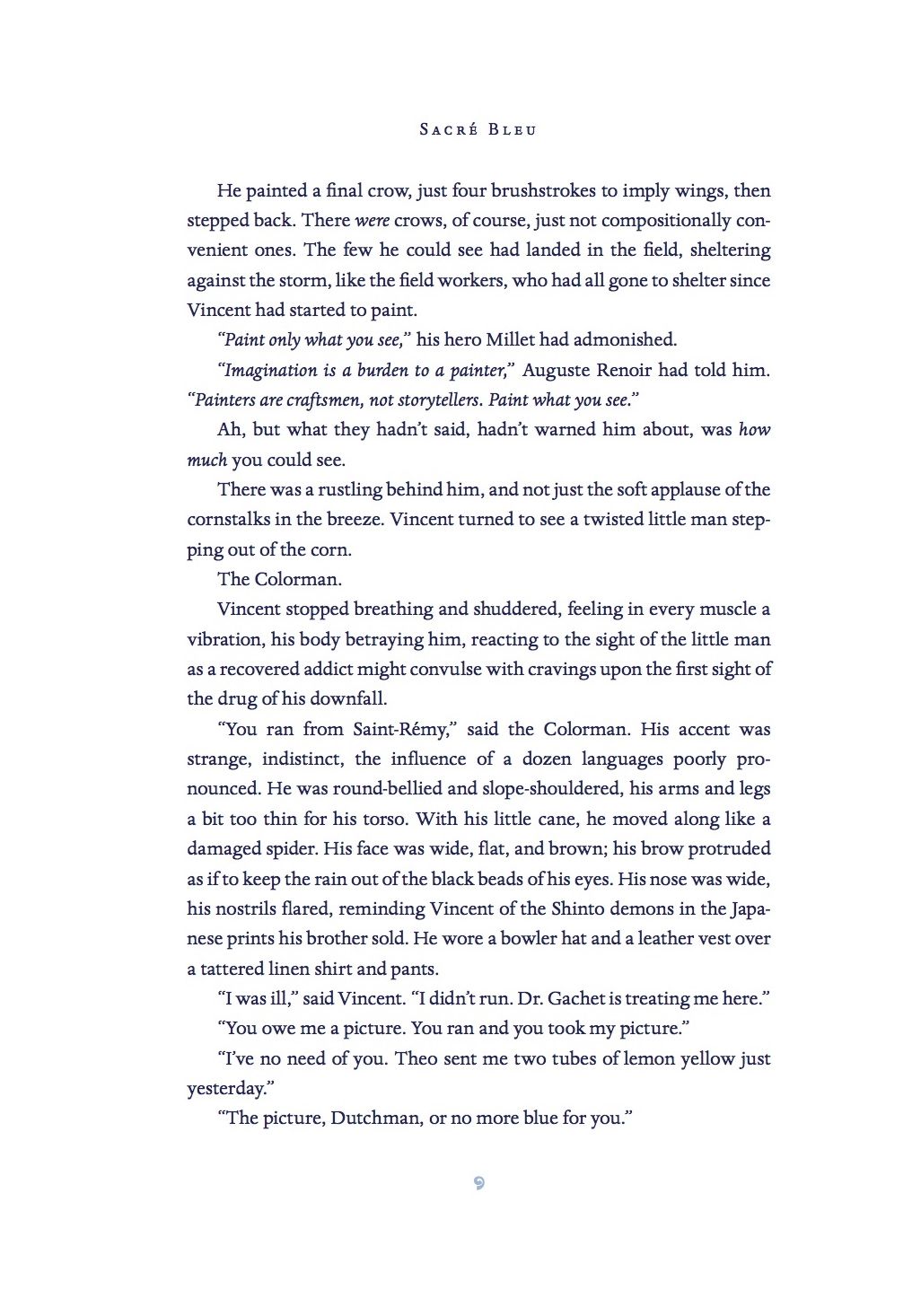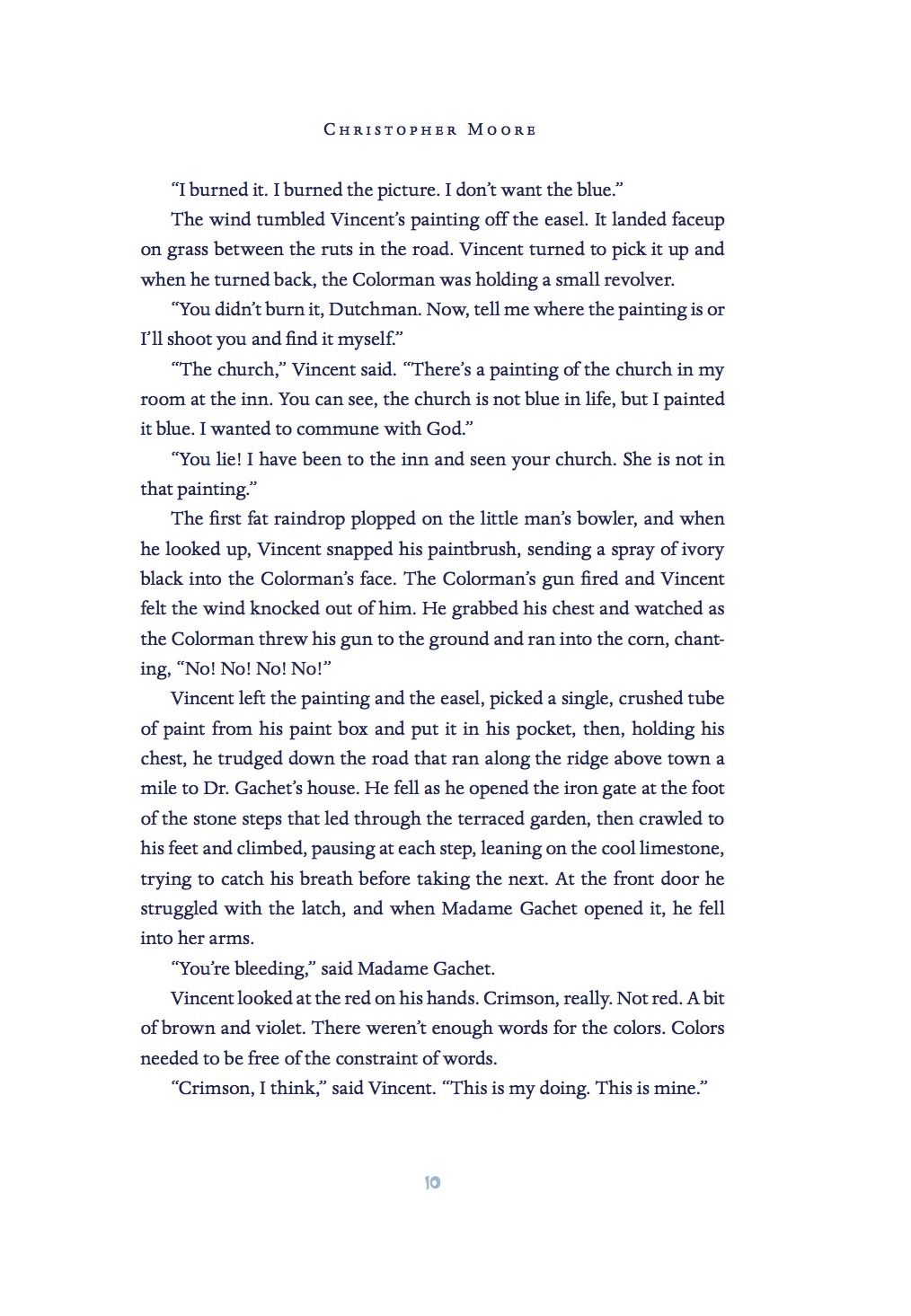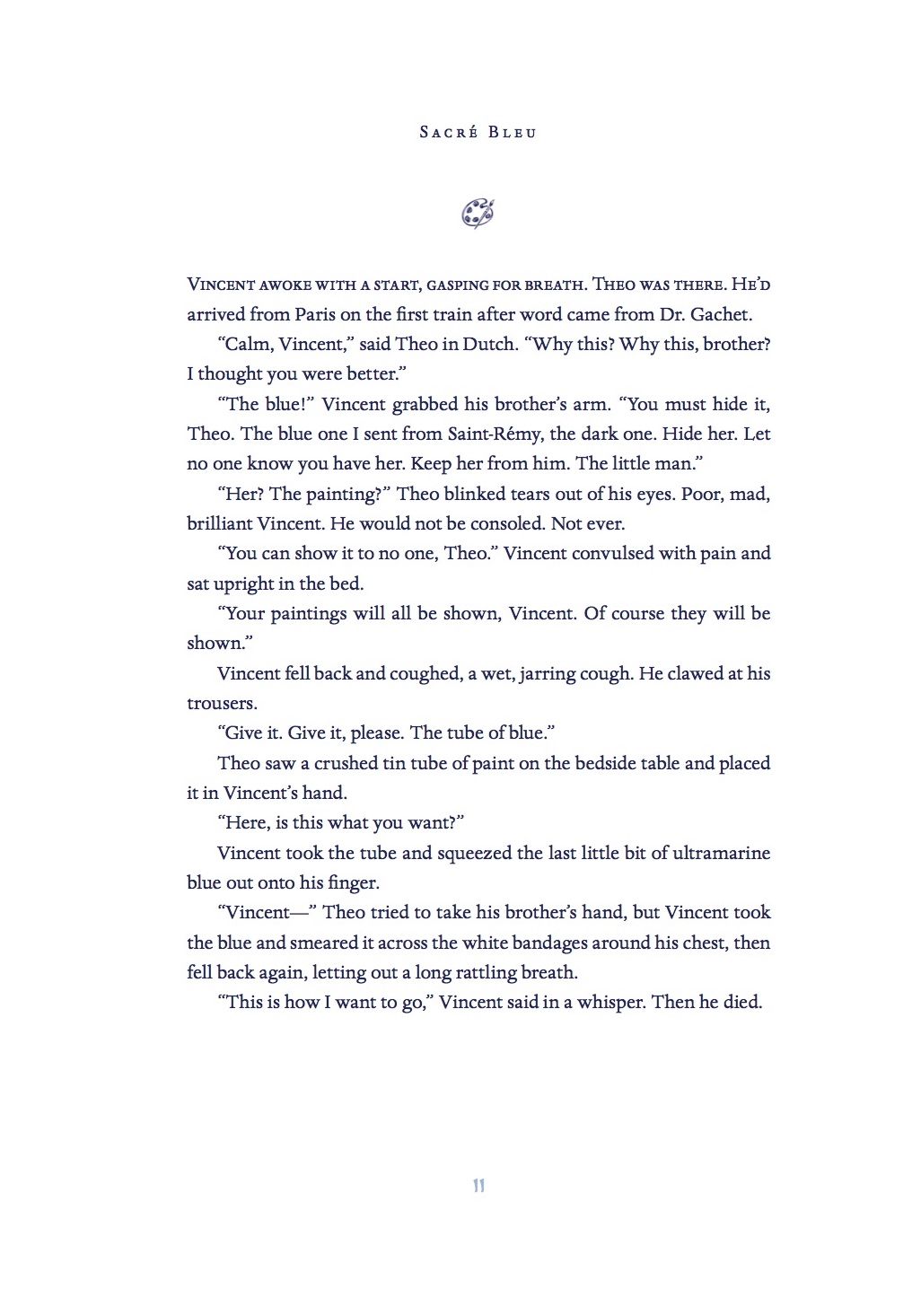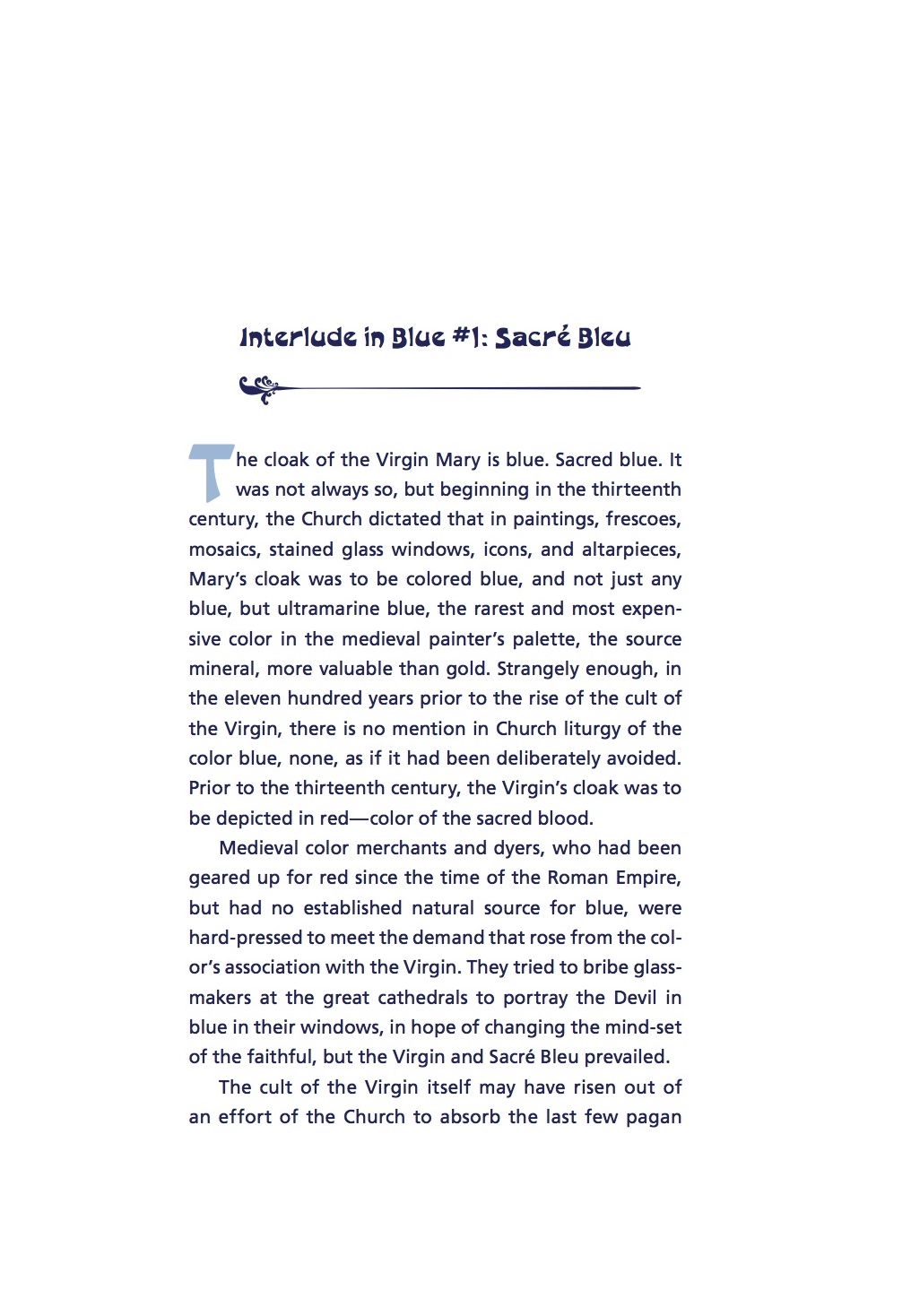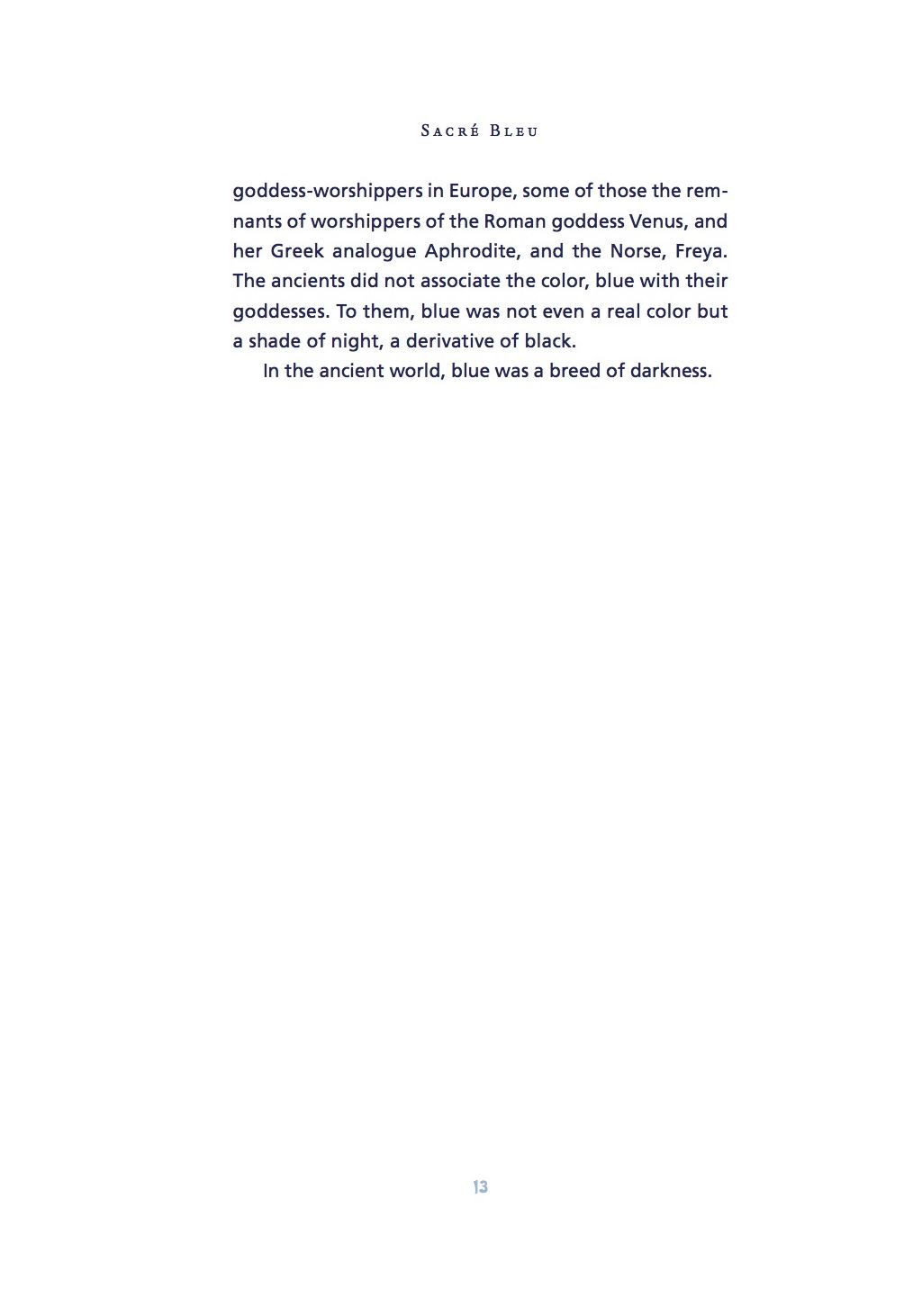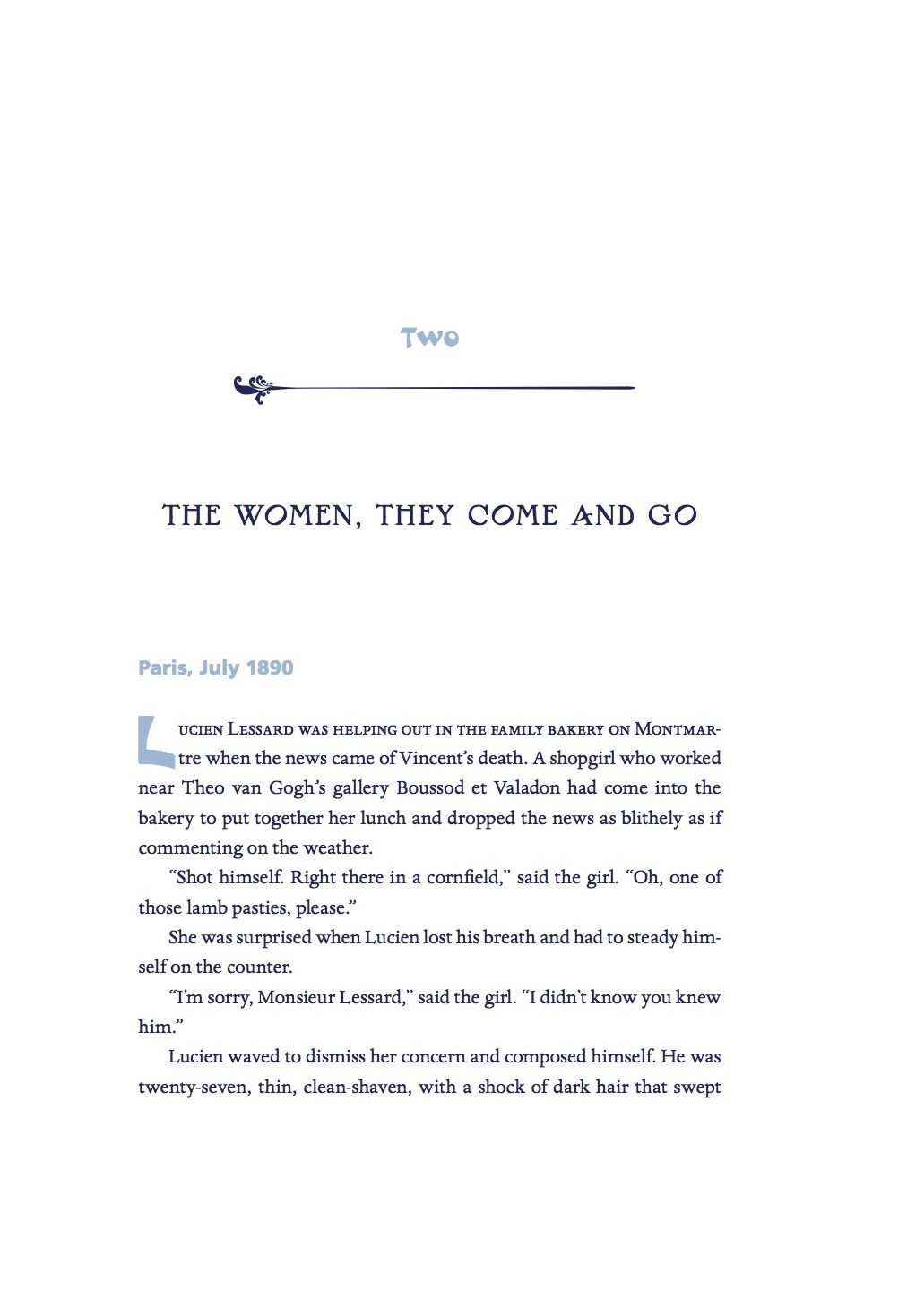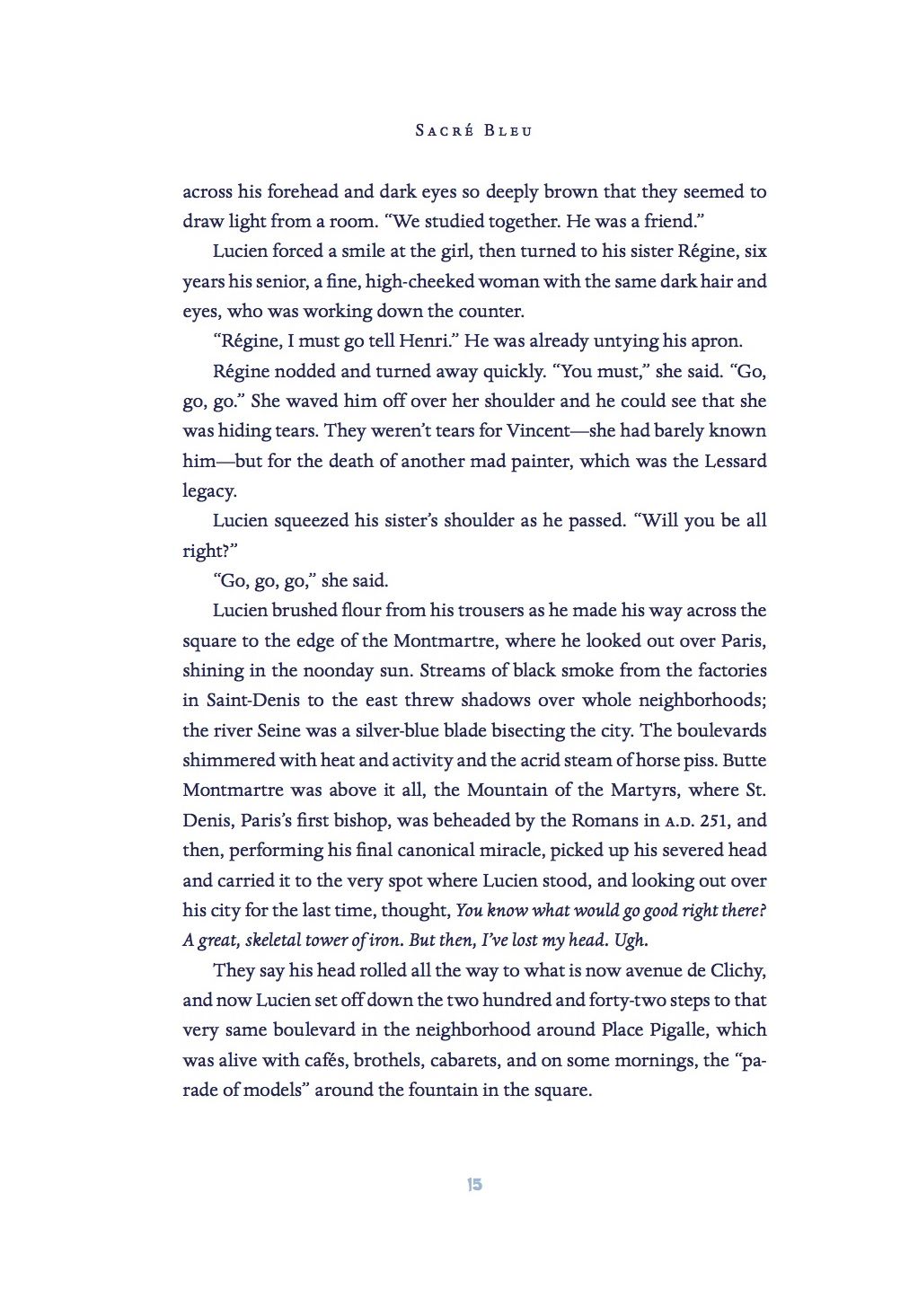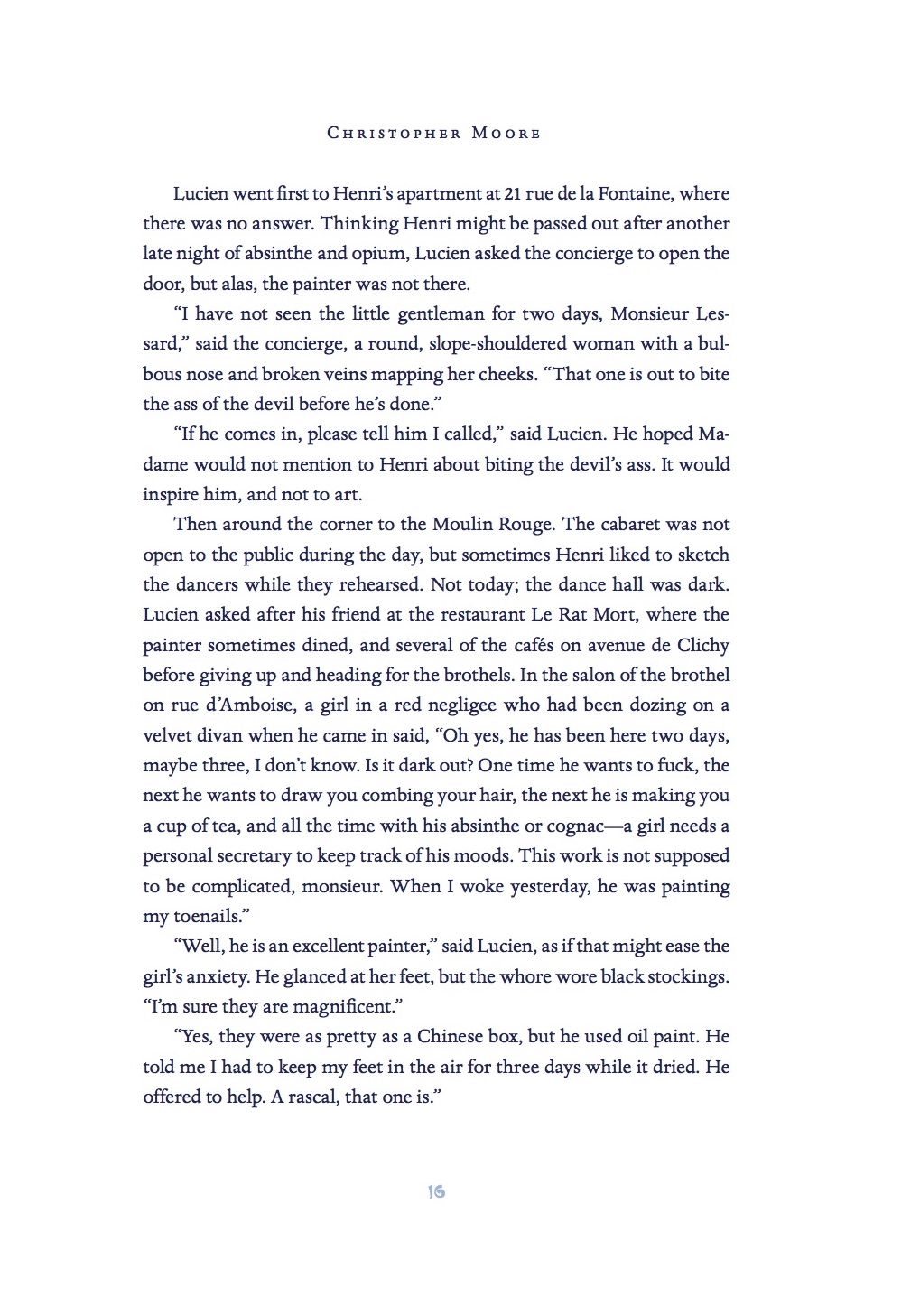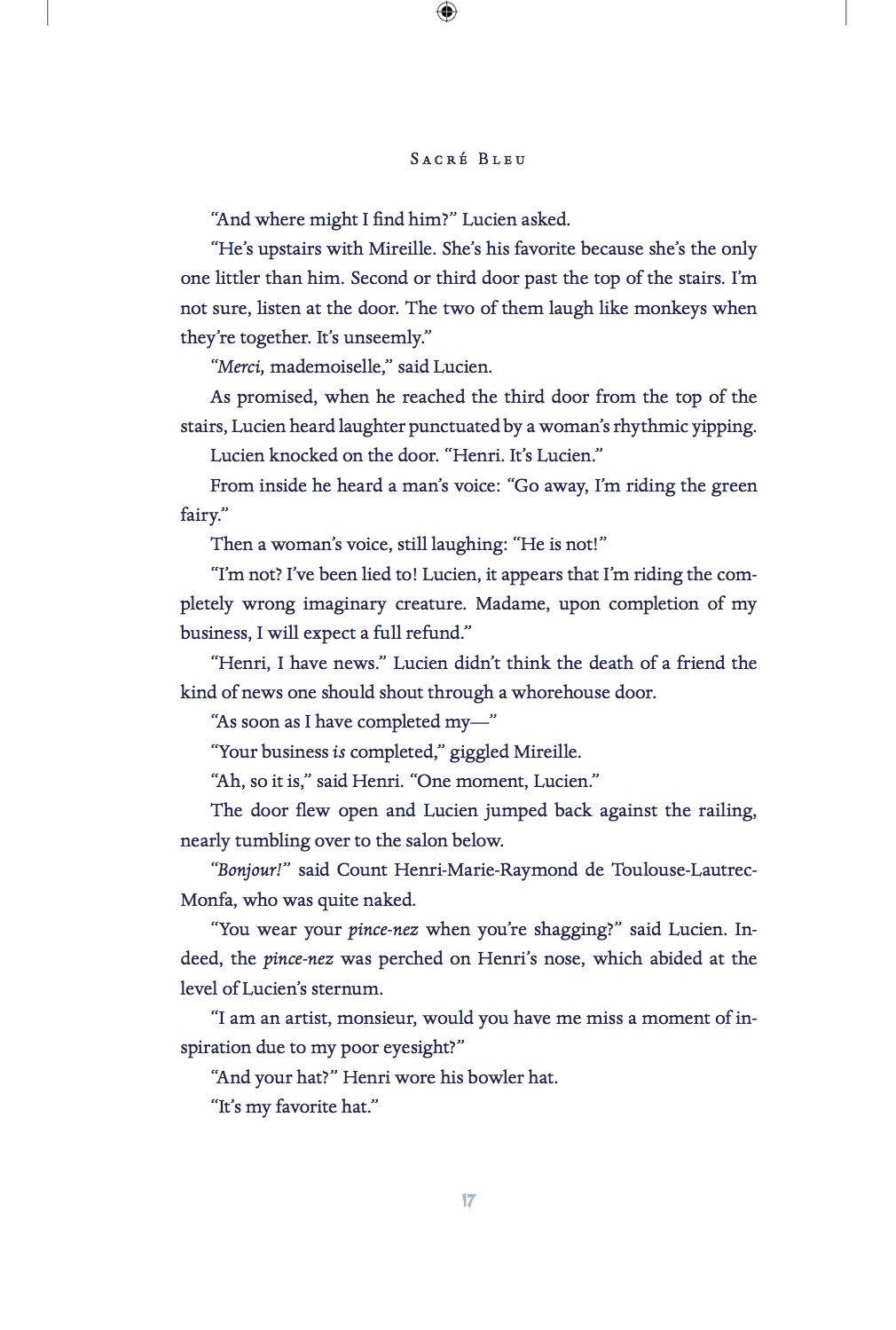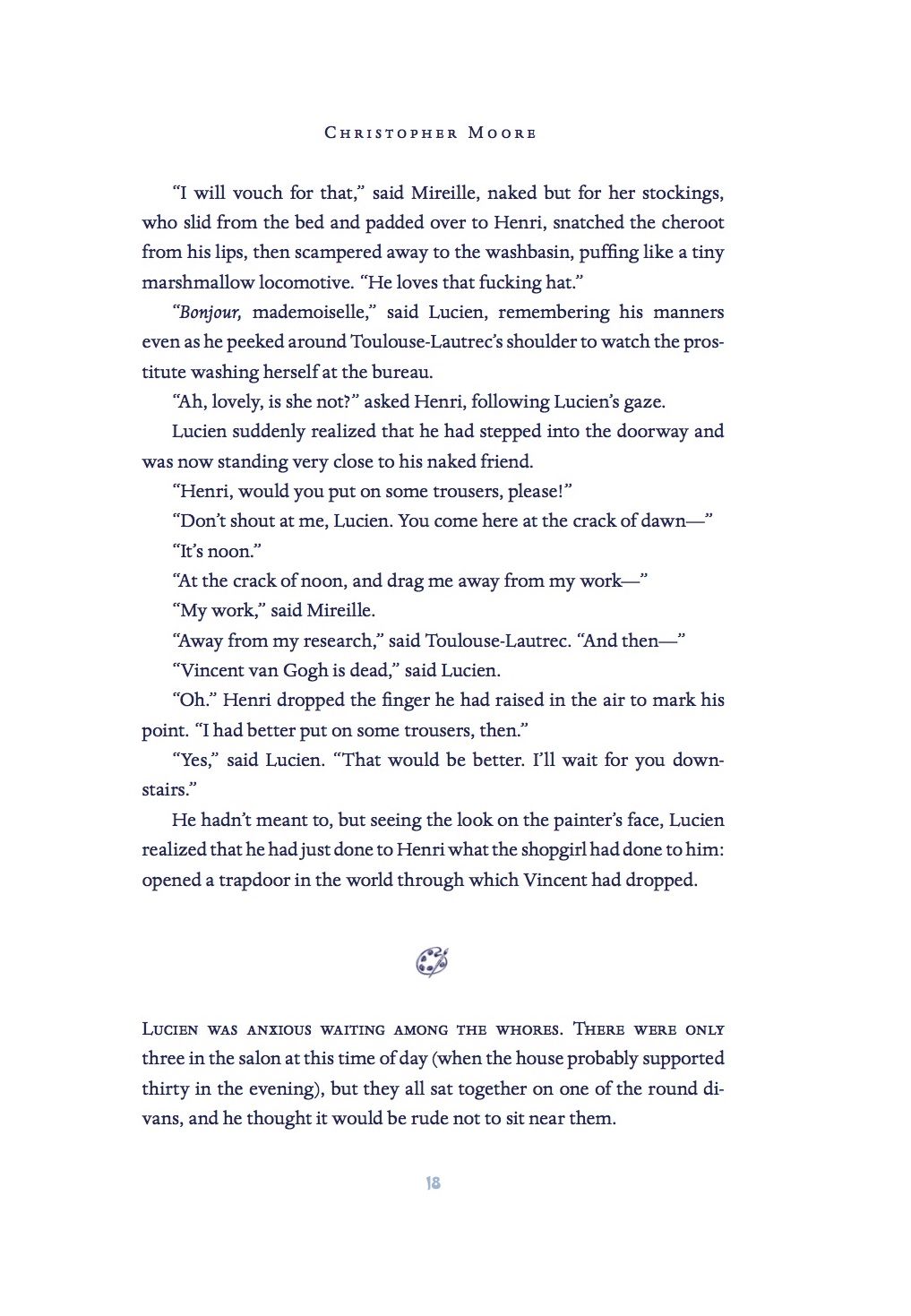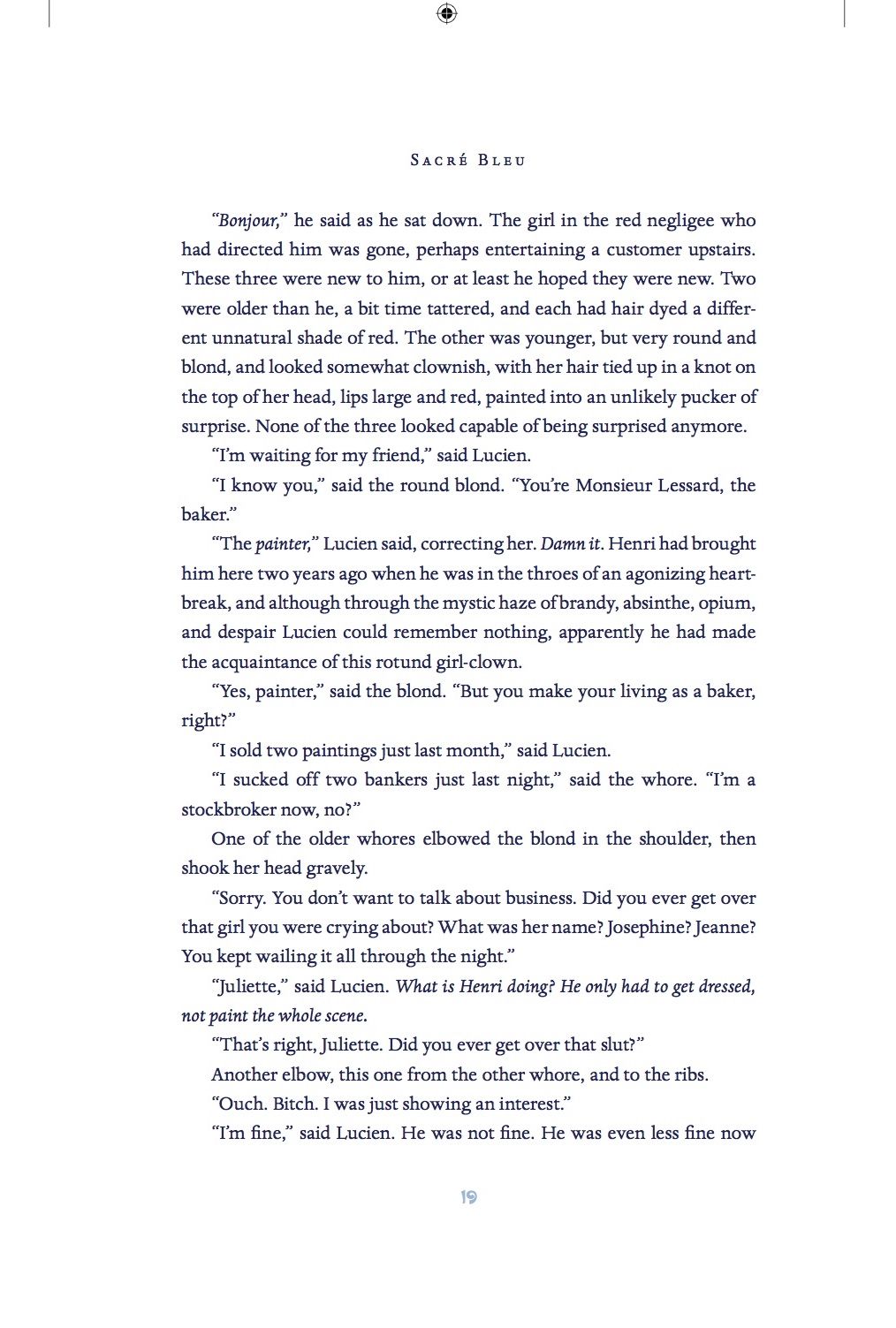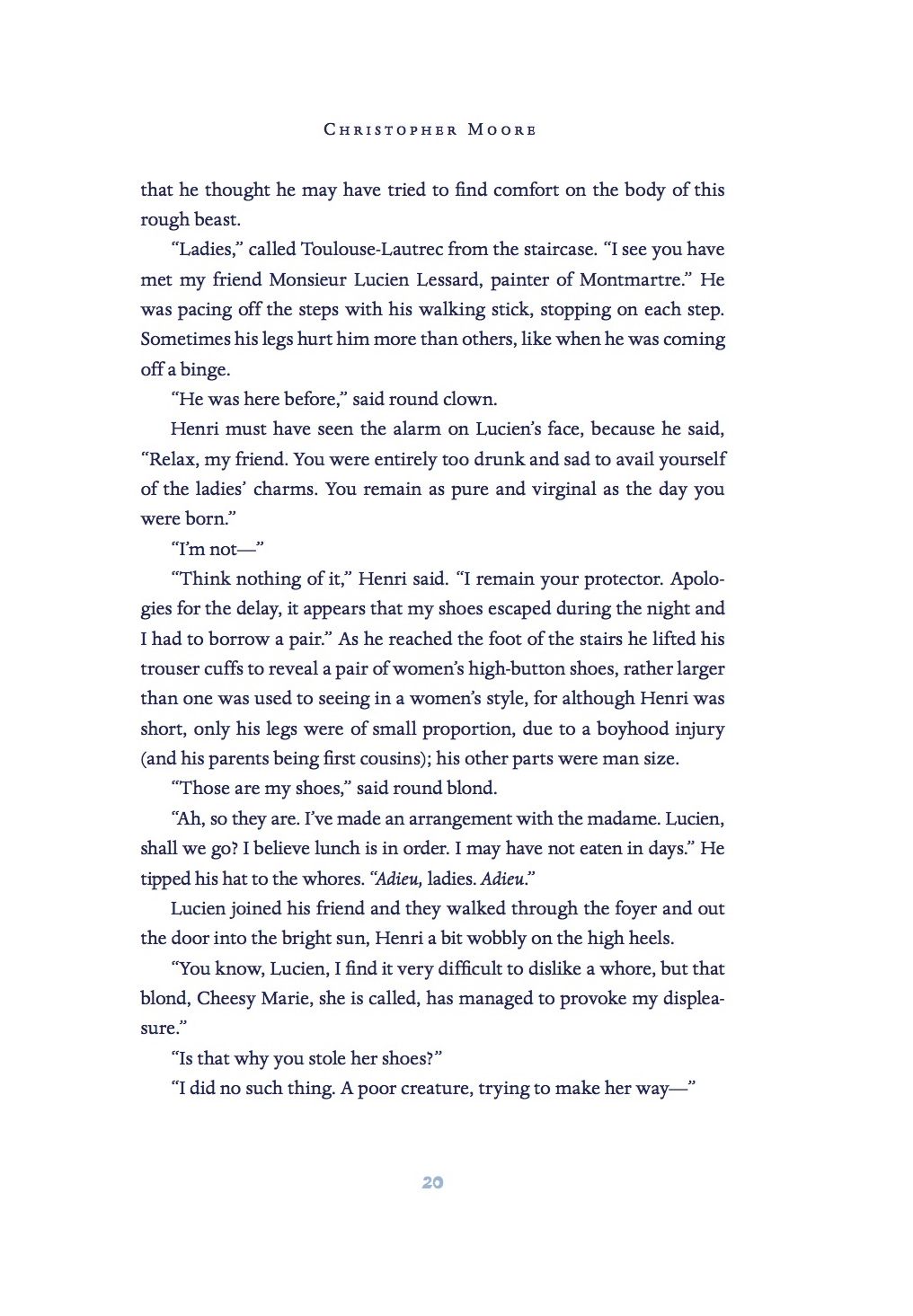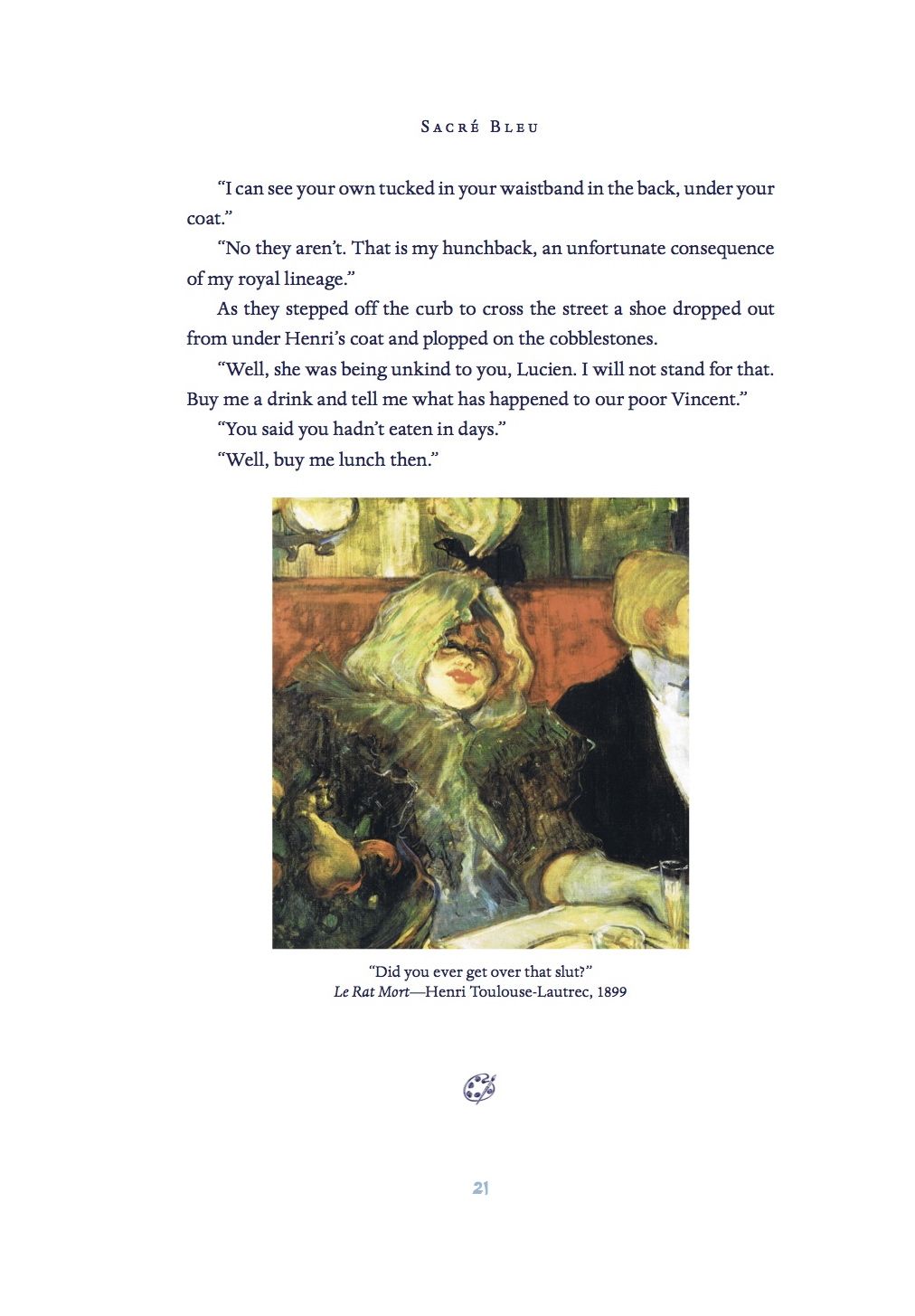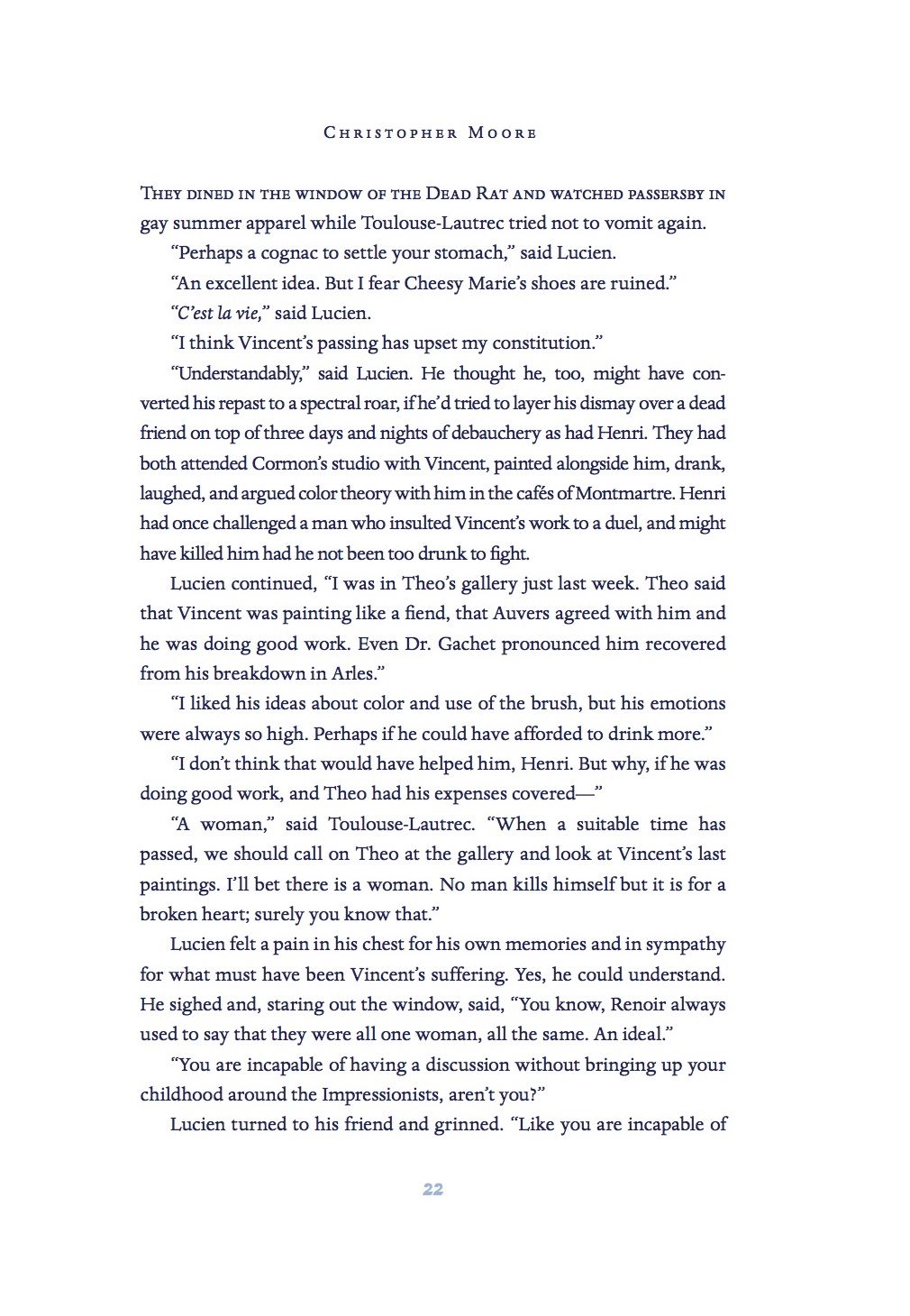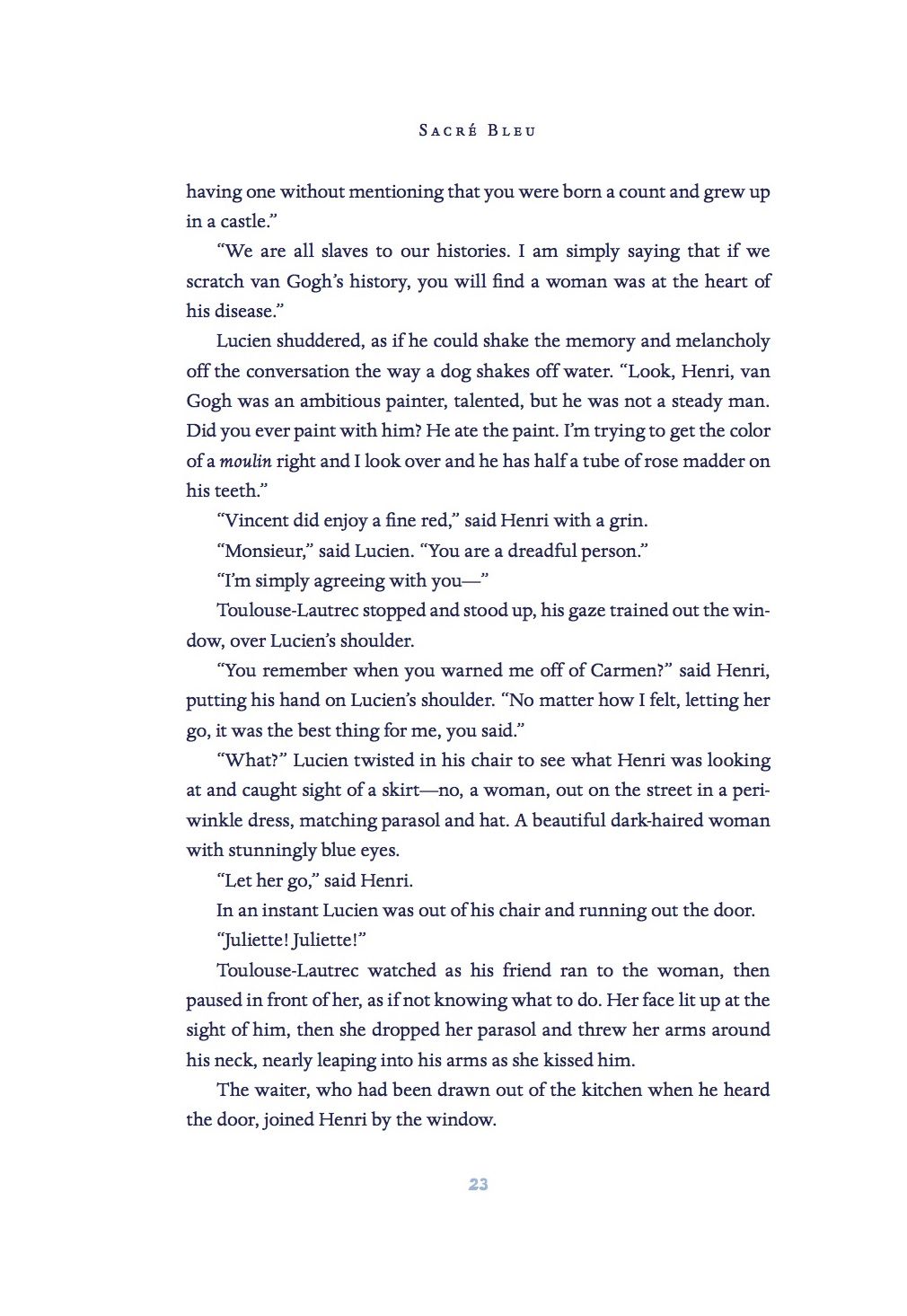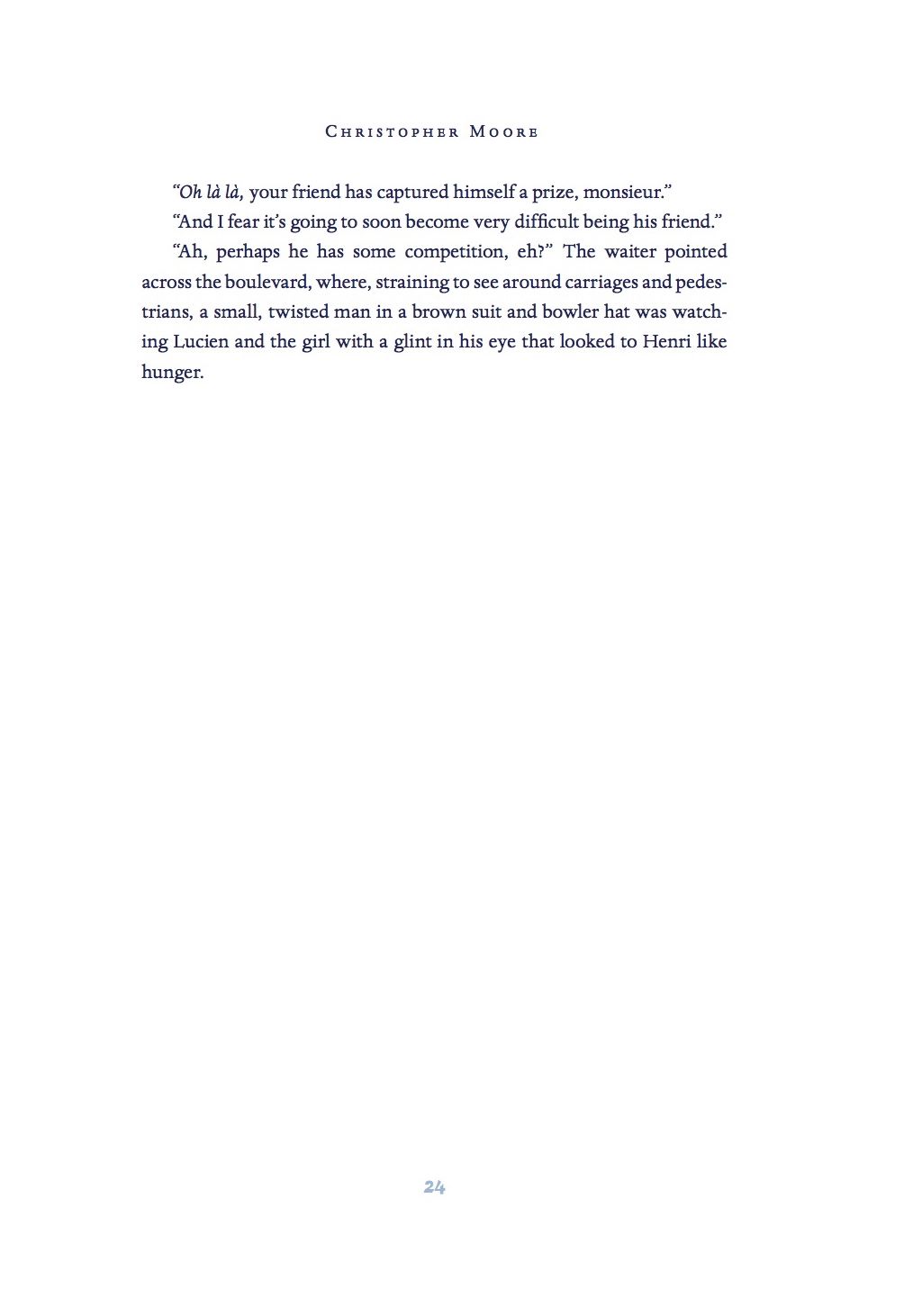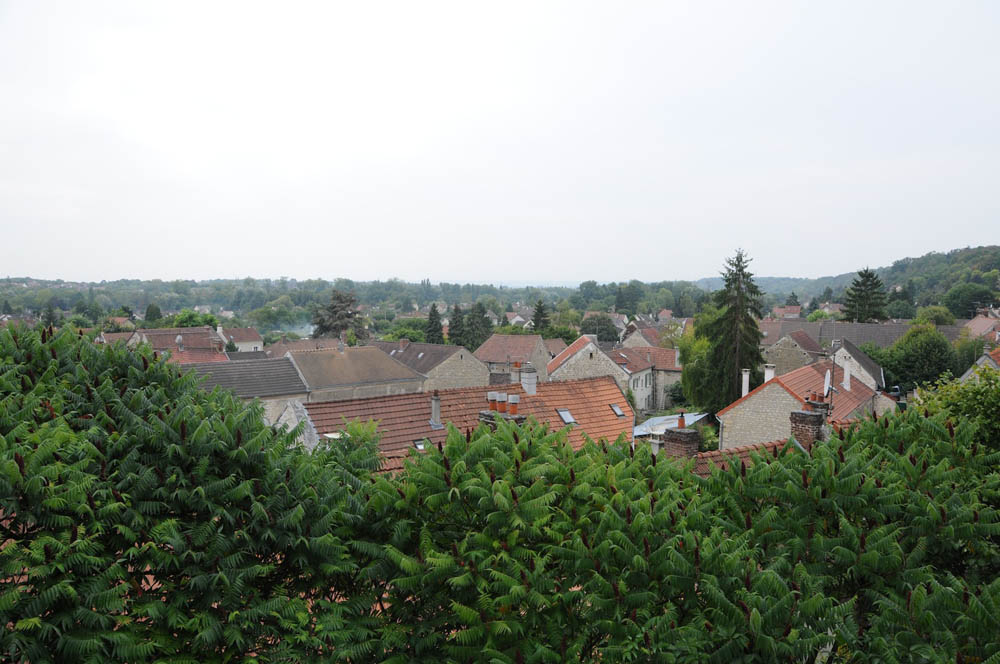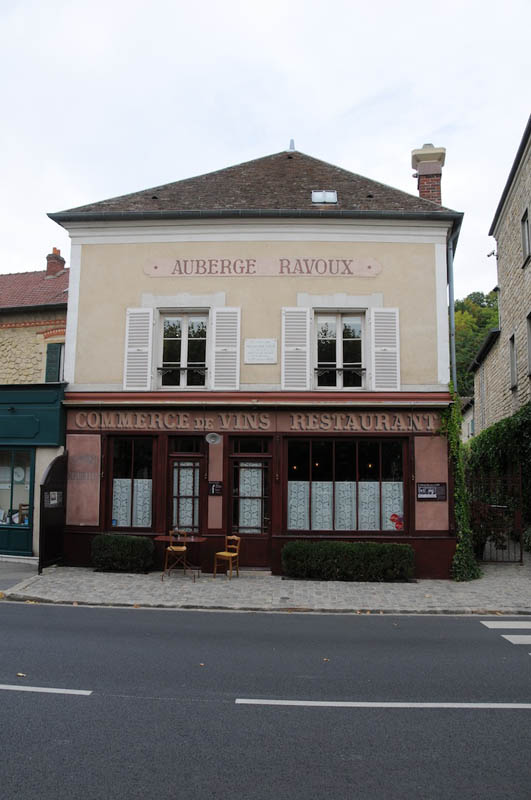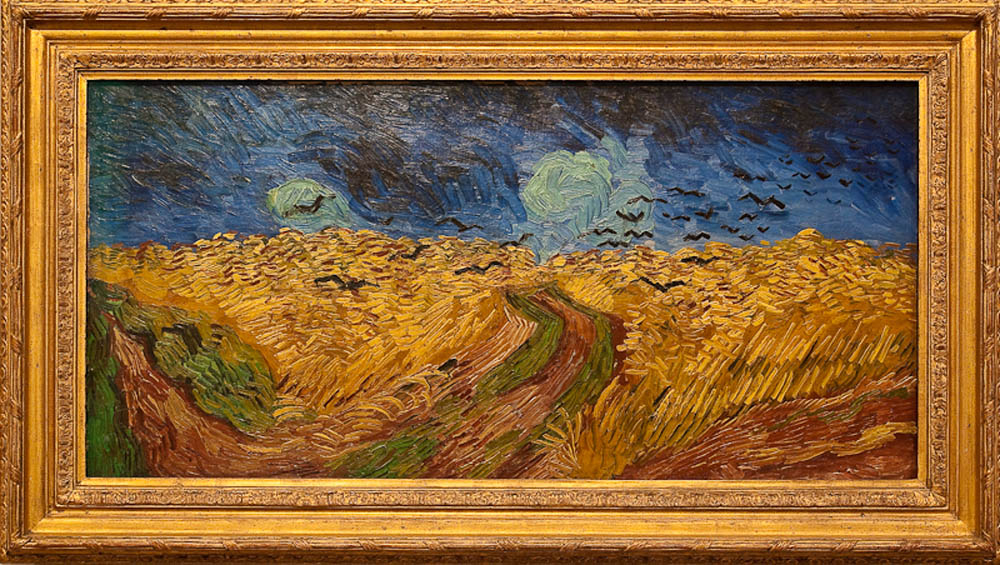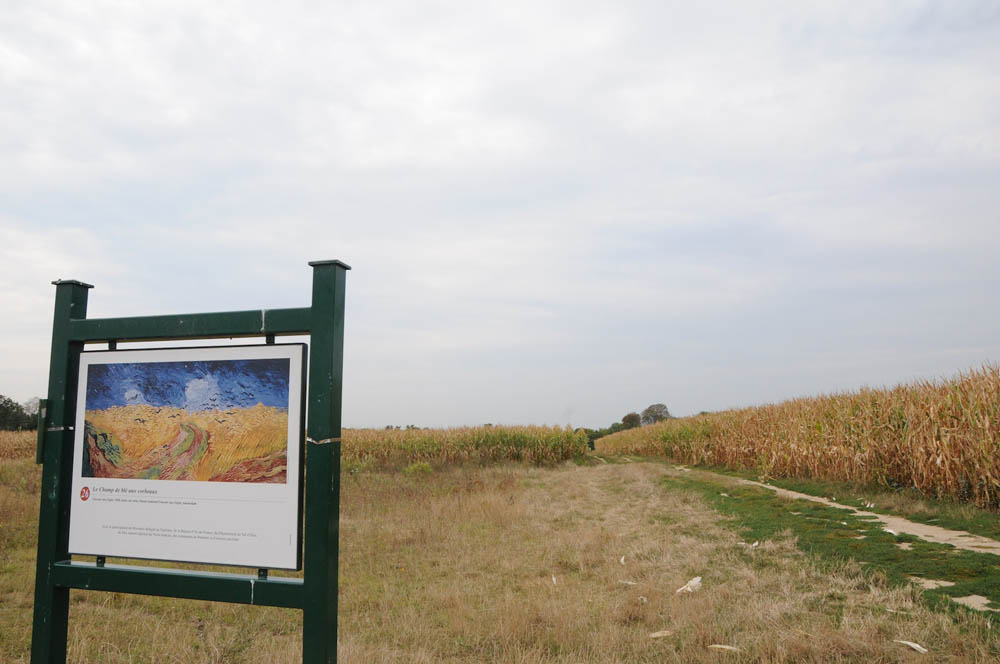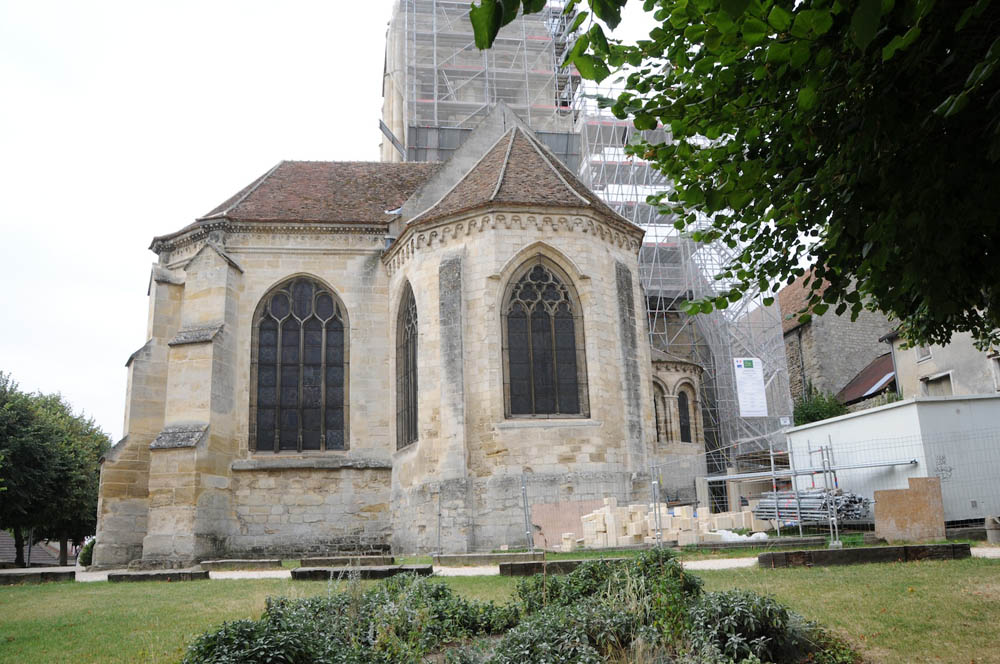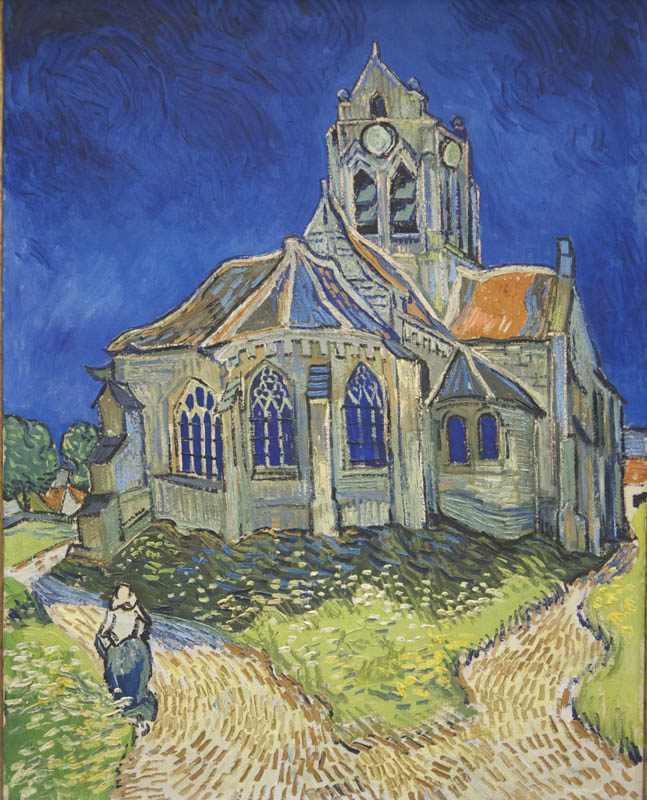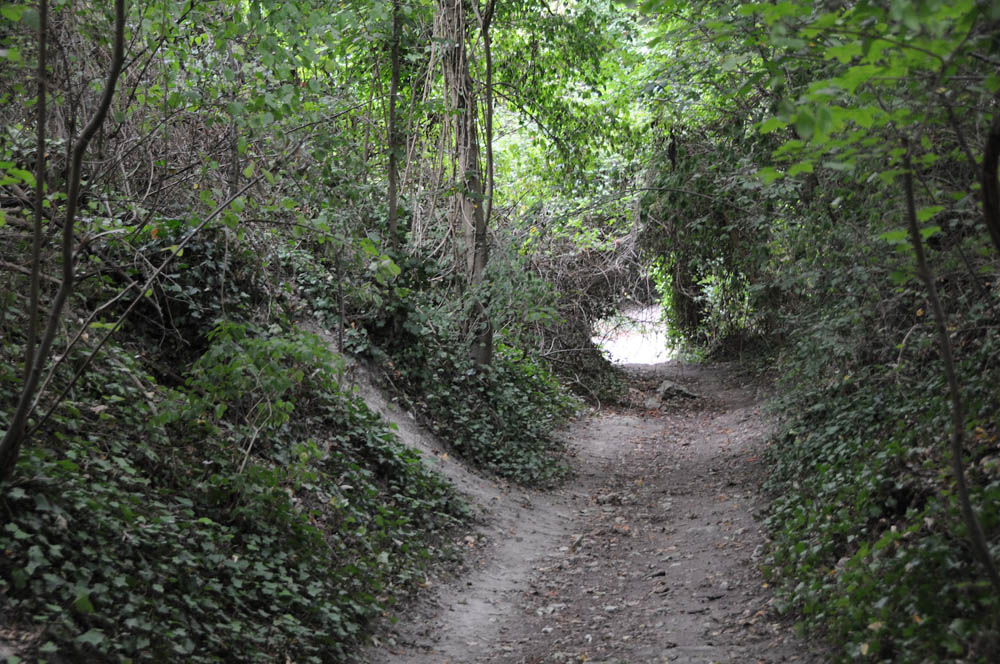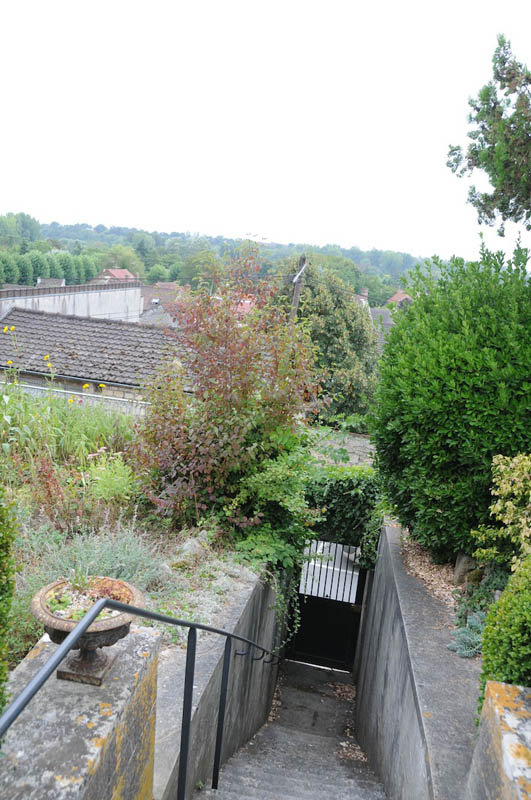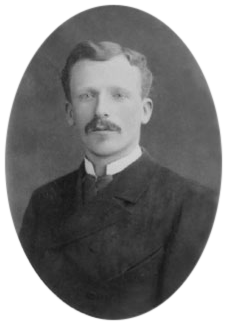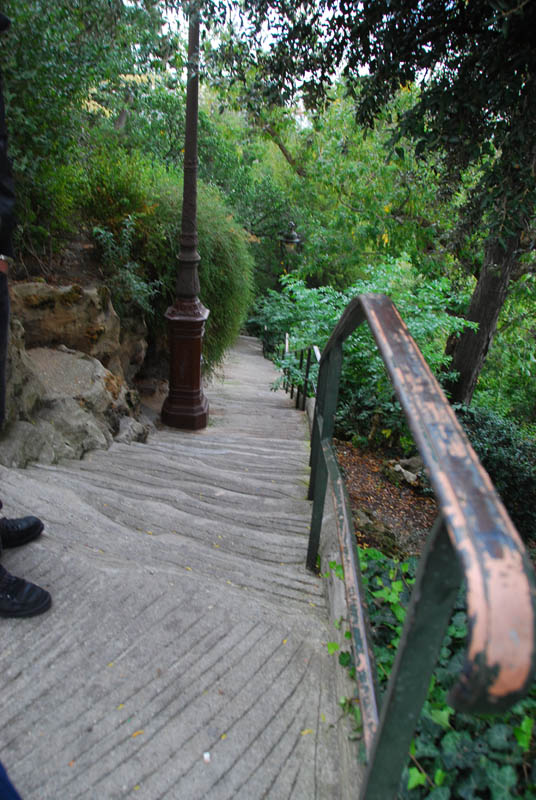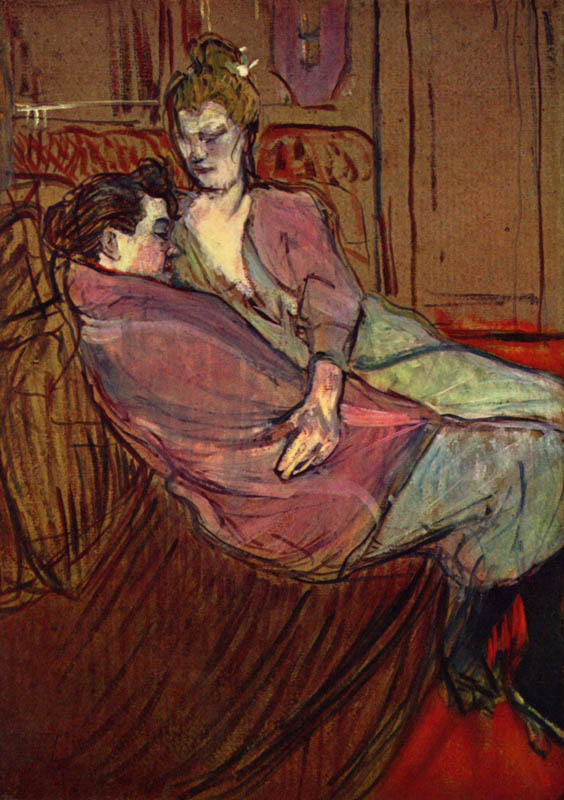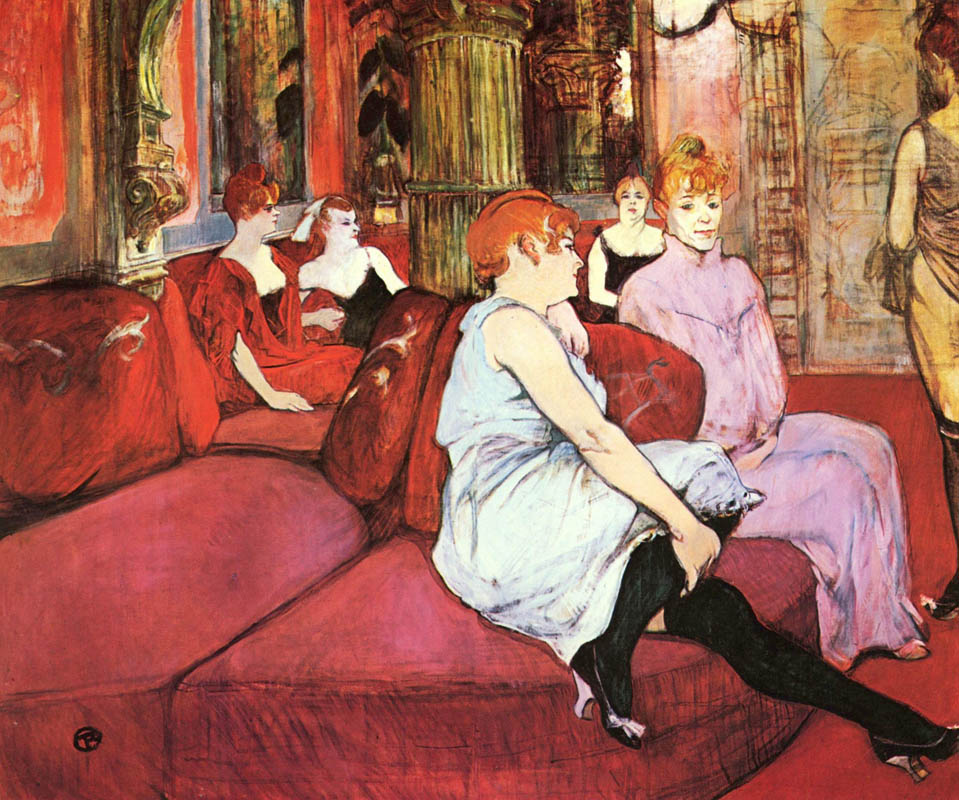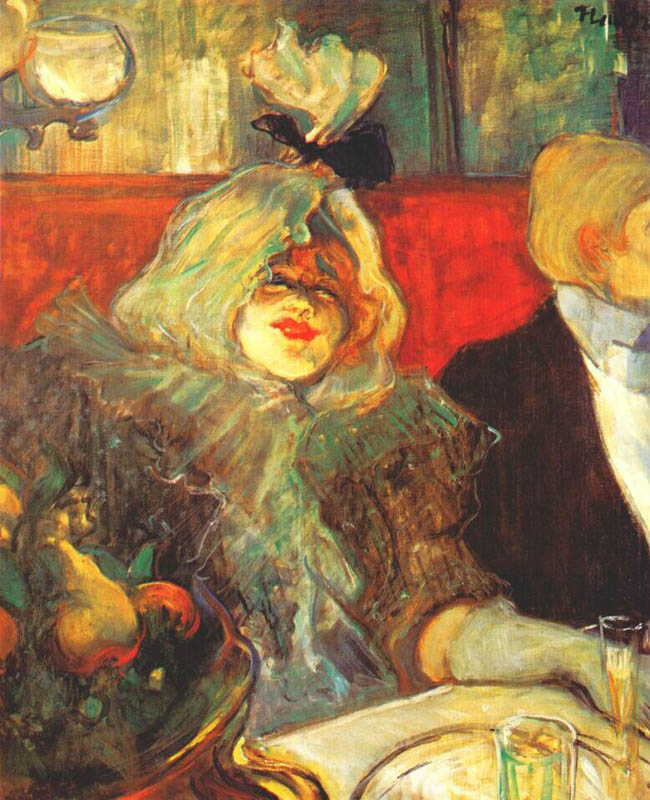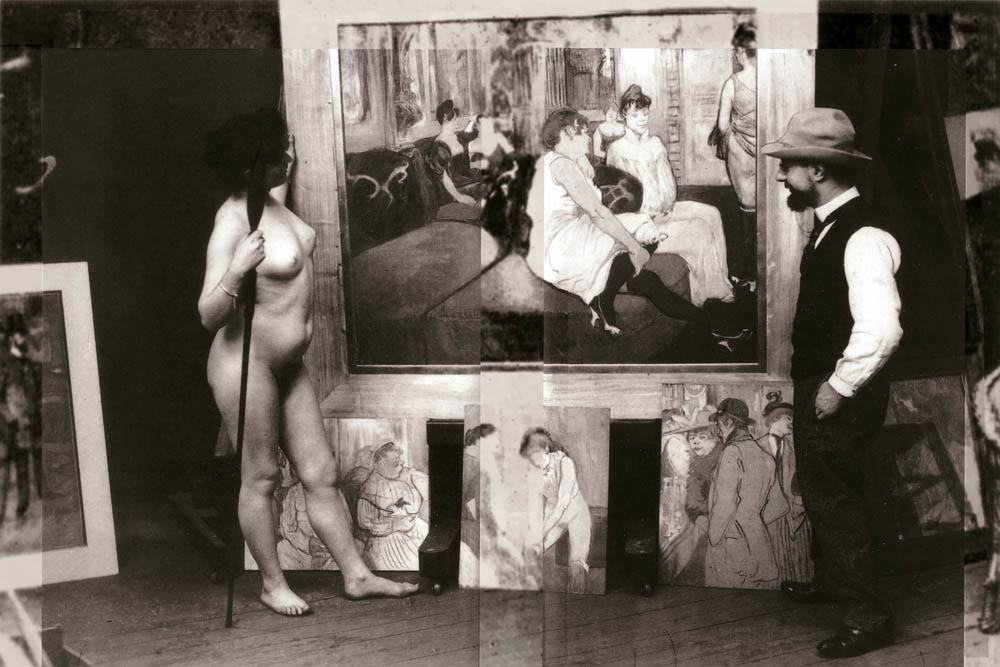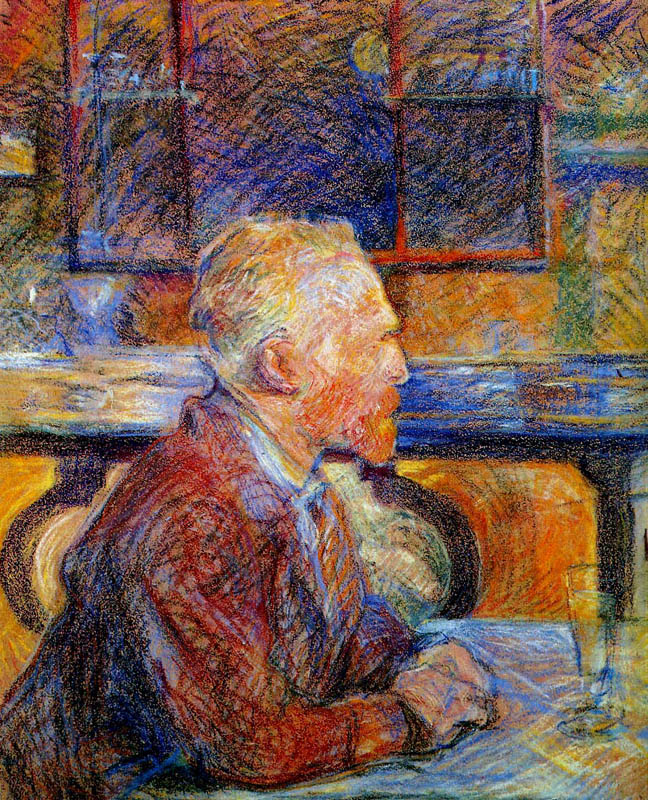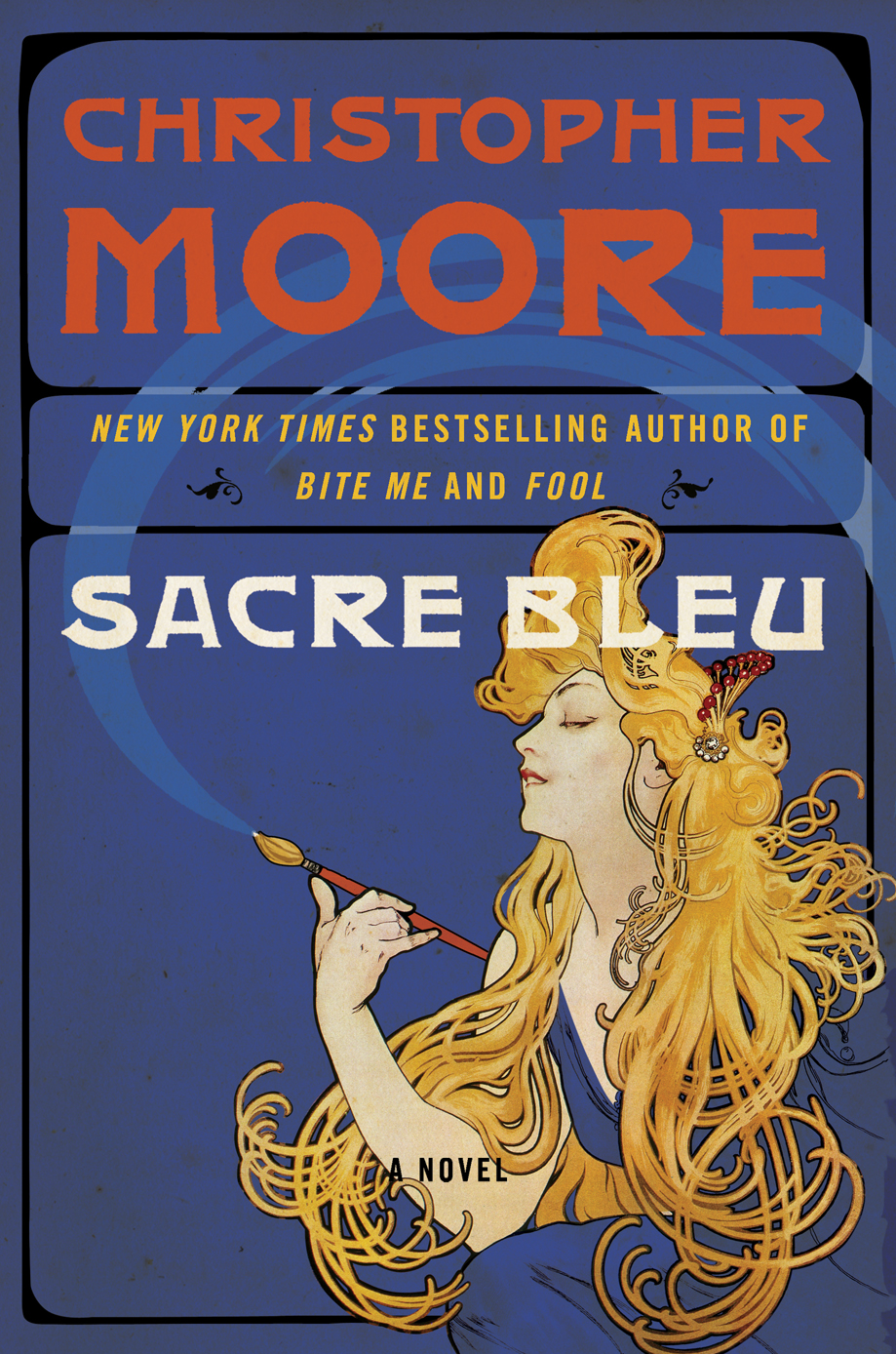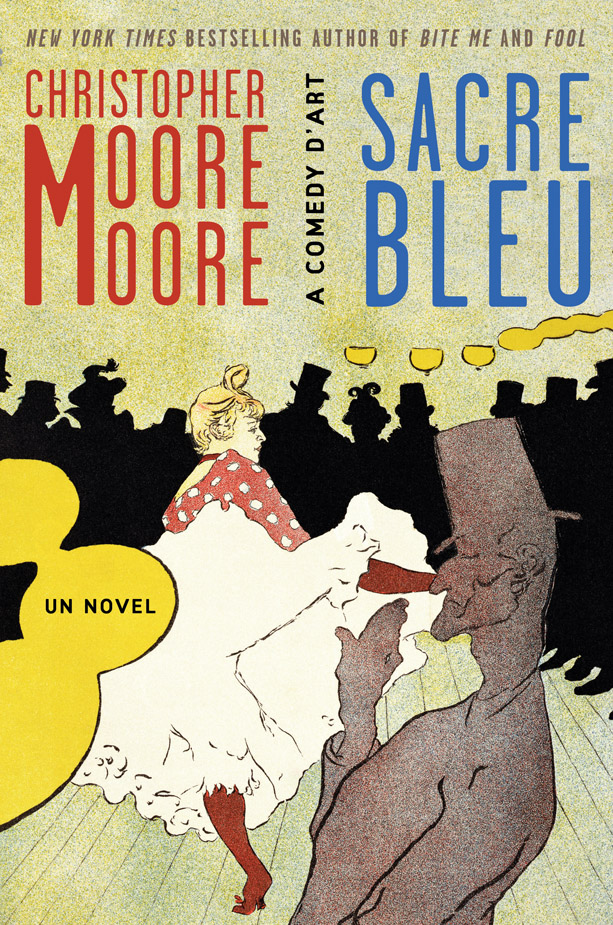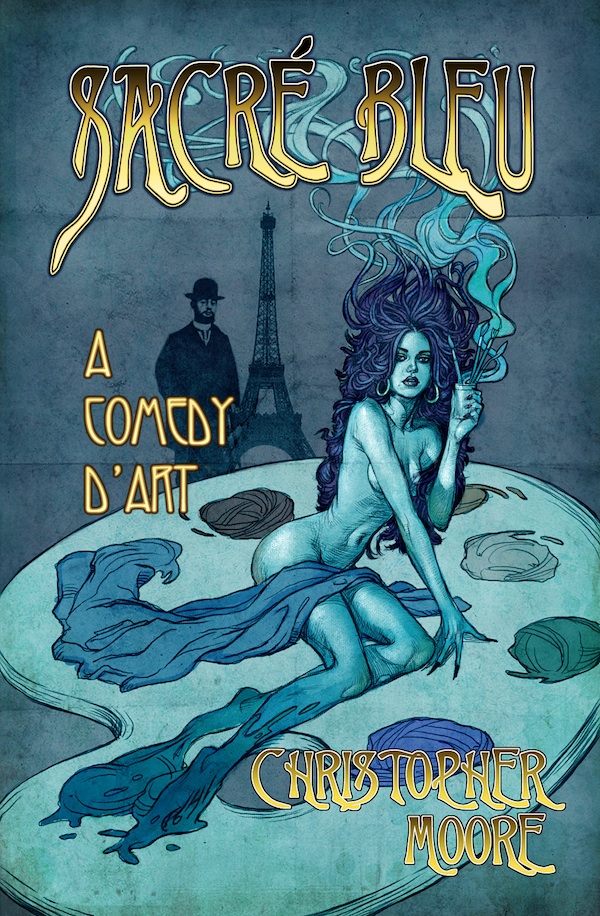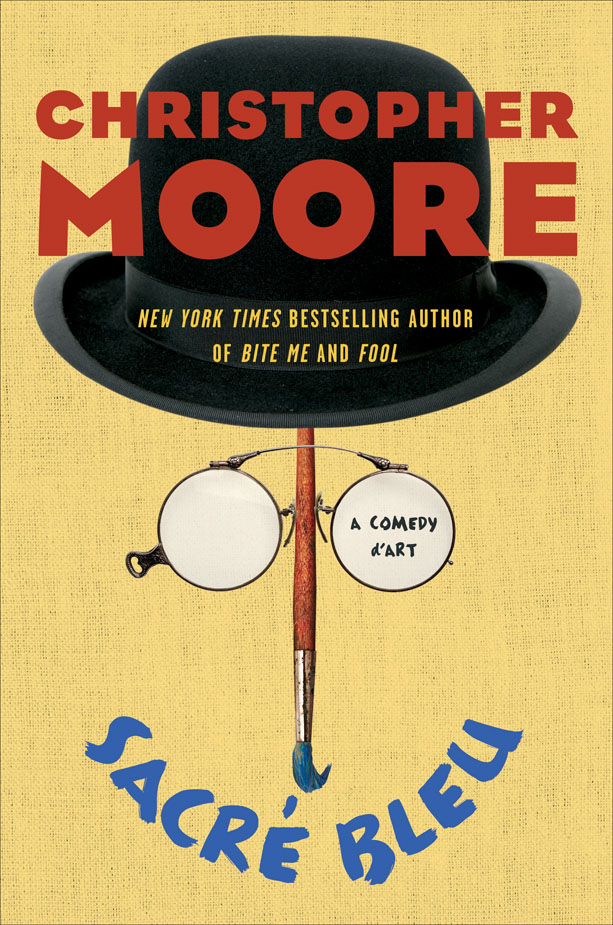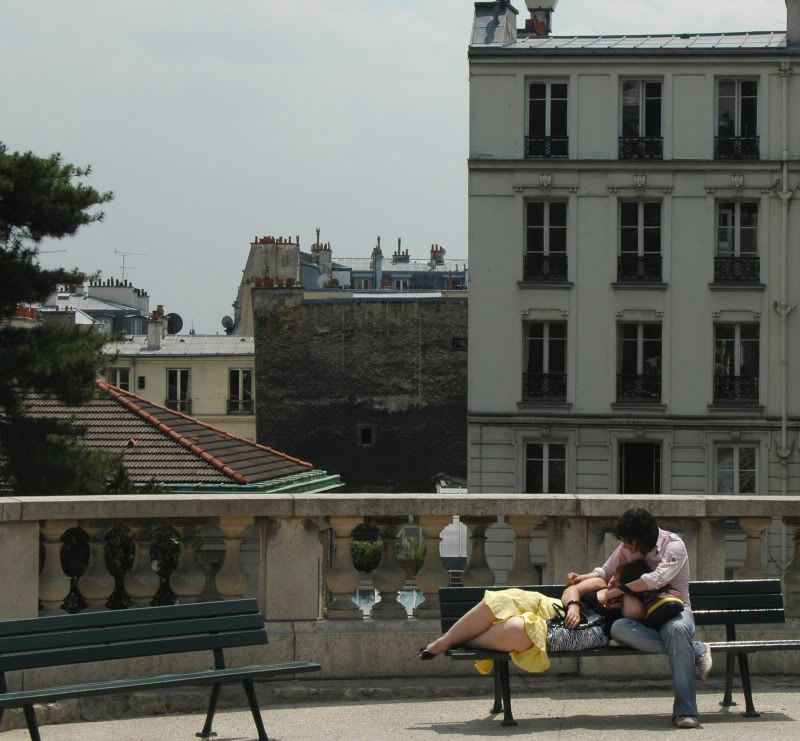So I knew some time ago that I was going to go to France to research my next book, and my entire French vocabulary consisted of: “Two coffees and two croissants”, “please”, “thank you”, “hello”, and “the dog is on the table” I didn’t figure that it was enough to get me through a long research trip.
Scientists all agree that there is no better time to learn a foreign language than in your 50s, when you begin to forget words in your native language as well as other useless stuff, like the PIN to your checking account, the names of your children, and where your car keys are, which leaves room in your brain for new words and phrases.
The first thing I did was buy some software we’ll call Mosetta Stone, where you are given many French words, and you click the picture corresponding to the word or phrase. You’ll immediately learn to say things like, “The Boy is on the airplane. The boy is under the airplane. The airplane is on the boy,” and so on. By the third lesson you are able to understand complex things like, “The two boys are under the blue airplane.”
Within a week I could identify any number of boys in nearly any attitude to any colored airplane, and I could do it with 100% accuracy, which would be about useful in Paris as my ability to shred Baba O’Reily in Guitar Hero would be if I were thrown on stage at Royal Albert Hall with the Who and a Stratocaster. (In fact, my ability to mow down enemies with a warthog in Halo will probably serve me better in the roundabout at the Arc de Triumph than all of Mosetta Stone’s airplane boys will at anything.)
So, on the lookout for a kid under an airplane, I enrolled in a course at Alliance.
I know you think that I enrolled at a placed called A-LIE-ANCE. But that’s because you don’t know French, where absolutely nothing is pronounced how it’s spelled. (It’s Al-eee—anz” you American pig dog.) I know, I shouldn’t really criticize, when English has words like “know” and “enough”, which appear to have been put in the language just to fuck with foreigners. In fact, during WW2, instead of having an Enigma code machine, for security, our spys were instructed just to use Enough and Phaeton in a lot of sentences. What you absolutely need to know about French is that with the exception of that hairball sound you find in words like Jaques, all consonants are silent. This is one of the reasons that the French make such great mimes. In fact, when I got to Alliance, I totally expected to be handed a striped shirt and a beret and to be walking white-faced in the fucking wind from the jump, or le saut , as they say in France. But non. Non, non, non.
First, Alliance is in the Tenderloin, which means that if I wanted to pick up modest rock of crack and or get stabbed on the way to class, I was totally in the right neighborhood, and, in fact, when I walked into class a few minutes late that first day, my excuse was that I had to wait for the guy lying in the doorway in a pool of his own sauce to be bagged and rolled off to his own Champs-Élysées before I could get in. But I didn’t know how to say that in French, and Alliance uses an emersion teaching method, which means you’re only allowed to speak French. So there were eight of us who didn’t know a fucking word of French, and one teacher, who knew a bunch of French and English, but she wasn’t allowed to tell us what she was saying.
So, after I explained that I was late because of the dog on the table, we all sat there for an hour, listening to our teacher spout French nonsense, while the realization rose like a specter in our Anglo-speaking minds, that we were being taught by France’s only mime-challenged teacher. So that went on for nine weeks – up early every Tuesday morning, picking out a shirt that wasn’t red or blue so it didn’t attract any gang attention, then hop-scotching through the unconscious and life-challenged “Loiners” to watch a pleasant French woman talk incomprehensible vowels at us for an hour while we traded glances which said, in the international language of raised eyebrows and furtive nods:
“Know what she’s talking about?”
“No fucking idea.”
So, I turned, as is often the case with those lacking communication skills, to the internet.
And after a couple of false starts with some immersion-based podcasts (really, the Ipod equivalent of being water-boarded), and a couple “French word a day” programs, (and by this time, three months from leaving, a word a day was going to give me just a little better vocabulary than a cocker-spaniel by the time I got to Paris (and unlike a cocker-spaniel, I was well past my cute, tail-wagging-charm sell-by date) I stumbled across the Radio Lingua Network, and Coffee Break French.
French taught by Scottish people! Can I get an Amen? Can I get a hallelujah?
As many of you know, it was my experience while in Edinburgh a couple of years ago, that it is easier to understand a French person speaking French, when you don’t know French, than it is to understand a Scottish person speaking English, and somewhat less humiliating, because French people are not, ostensibly, speaking your language. (While in Edinburgh I ate almost exclusively at Pizza Hut because A)I could order by number, and B)I didn’t figure they could sneak a haggis on a pizza without my knowing. I tried a Chinese restaurant once, going on the number theory, but I’m pretty sure those sneaky fuckers slipped me some Moo Shoo Haggis under false pretenses.)
Anyway, Coffee Break French was awesome. Fifteen to twenty minute lessons, which was about the length of time it took me to walk to the gym or the grocery store, where you build phrases up as you go along, and the instructors actually tell you what in the hell they are saying. You don’t get immersed in French, just a little damp, and dampness is something the Scots rock at.
The course is taught by Mark and Anna. Mark seems to be one of the very patient teachers who knows way too much about his subject, but still has some sense of what it is to be a complete neophyte, and Anna is learning along with you, so you don’t feel like a total knob, and while you get the sense that she’s dumbing down a little for you, I’m used to being treated that way, and her accent is cute as hell, so it’s okay. If Disney had a Scottish princess maybe, or there had a been a sweet, single-malt whisky dancing with the teapot in Beauty and the Beast, Anna could play that part. Don’t get me wrong, she’s Scottish, and you know that at the drop of a hat she’d be half-painted blue, shirt pulled up, waving her semi-azure bosoms and a sword at Edward Longshanks, and harshing out “you kinna take our freedom” in deeply mucousy Gallic, but still, very pleasant, is what I’m saying.
A few lessons in, they have some video specials, and then you see that Anna is, indeed, a cute young college student, and Mark is one of those sturdy, bullet-shaped fellows you find on the internet, patiently explaining stuff to you that no one else seems to be able to completely grasp. (LikePatrick Norton) Forty years ago his kind would have been milling the heads on your Sunbeam Tiger so you could pull 300 horsepower for Sunday’s rally, and a hundred years ago he would have been urging you not to lick the contacts on the dry cell battery that ran your doorbell because it corrodes the contacts and it is, incidentally, poisonous.
Both of them, of course, are complete strangers to the sun, as is any good Scot. They have enough color from wind burn, so as not to appear eye-less albino cave people, but just. This is perfectly normal and let’s you know that they are legitimate Scots, even if you can actually understand them when they’re speaking English and they seem strangely comfortable speaking fucking French. (Once I was in Edinburgh on a brisk fall day of about forty-five degrees (F), and when the sun came out from behind a cloud, people started shedding their clothes like they were on their way to the annual autumn shaggathon at the Sir Walter Scott’s grave. (Sorry if that’s a real holiday, Scotland. I dinna know.) The park near the art museum looked as if there were fleshy inflatable sheep-people floating across it as the sun-blissed Scots frolicked and steamed through the frost. You know that one insane guy at the Denver Broncos or Buffalo Bills game with his shirt off in mid-December, painted blue, spilling a beer all over himself even as everyone else is dressed for arctic conditions? Put that guy in kilt, give him a red-haired wife, and two kids eating ice-cream, that’s what I’m talking about. Then the sun went back behind the cloud and everyone was back in black. They have a lot of Goth boutiques in Edinburgh, they call them boutiques. But alas, I digress. )
So anyway, one of the first things I learned from Mark and Anna, is how to say, “I am Scottish.” It sounds kind of cool: Je suis ecossaise. I’m going to go with that. I’m about fifty lessons in, and I’m starting to learn a little grammar and verb conjugation and so forth, and while I realize that seems, at first, like a good reason to develop a drinking problem or a suicide pact, the amazing thing is that I’m far enough along in the language that grammar’s actually useful. I mean, I have no idea if I won’t just be the victim of a fun French game of “Let’s Murder the Scotsman”, but I’m feeling much more confident than I was when all French class was getting me was a chance at meeting a one-legged hooker or being gunned down in a drive-by and gasping out my last words about the boy under the yellow airplane with no audible consonants. (Back then I had started wearing plaid to my lessons so it couldn’t possibly be interpreted as gang colors. Ironic, non?)
If you want to learn some French, or a dozen or so other languages, give Radio Lingua a try. The podcasts are free and are available on Itunes, but they also have enhanced podcasts and lots of printed material if you subscribe, which I would have, except they only took Paypal when I checked them out and I would have to stop ignoring all my Paypal spam if I use that account. (They may have started taking credit cards more recently.) Hang in for some of the later lessons, in the late 30s, I think, where they actually go to a French beach and you can hear Mark and Anna softly sizzling in the sun while they speak French to natives. It’s fun.
I’m off to Paris. Adieu.



